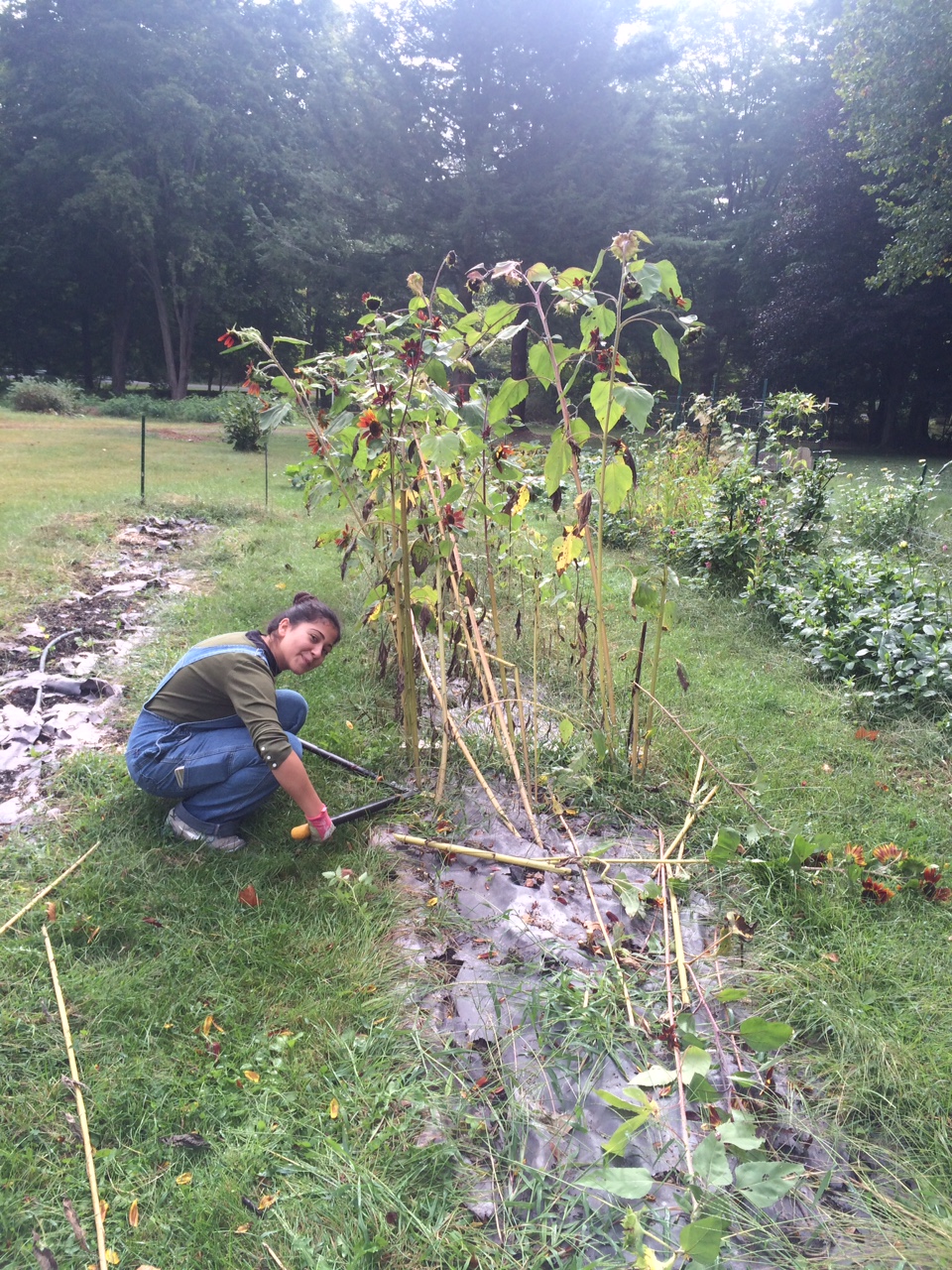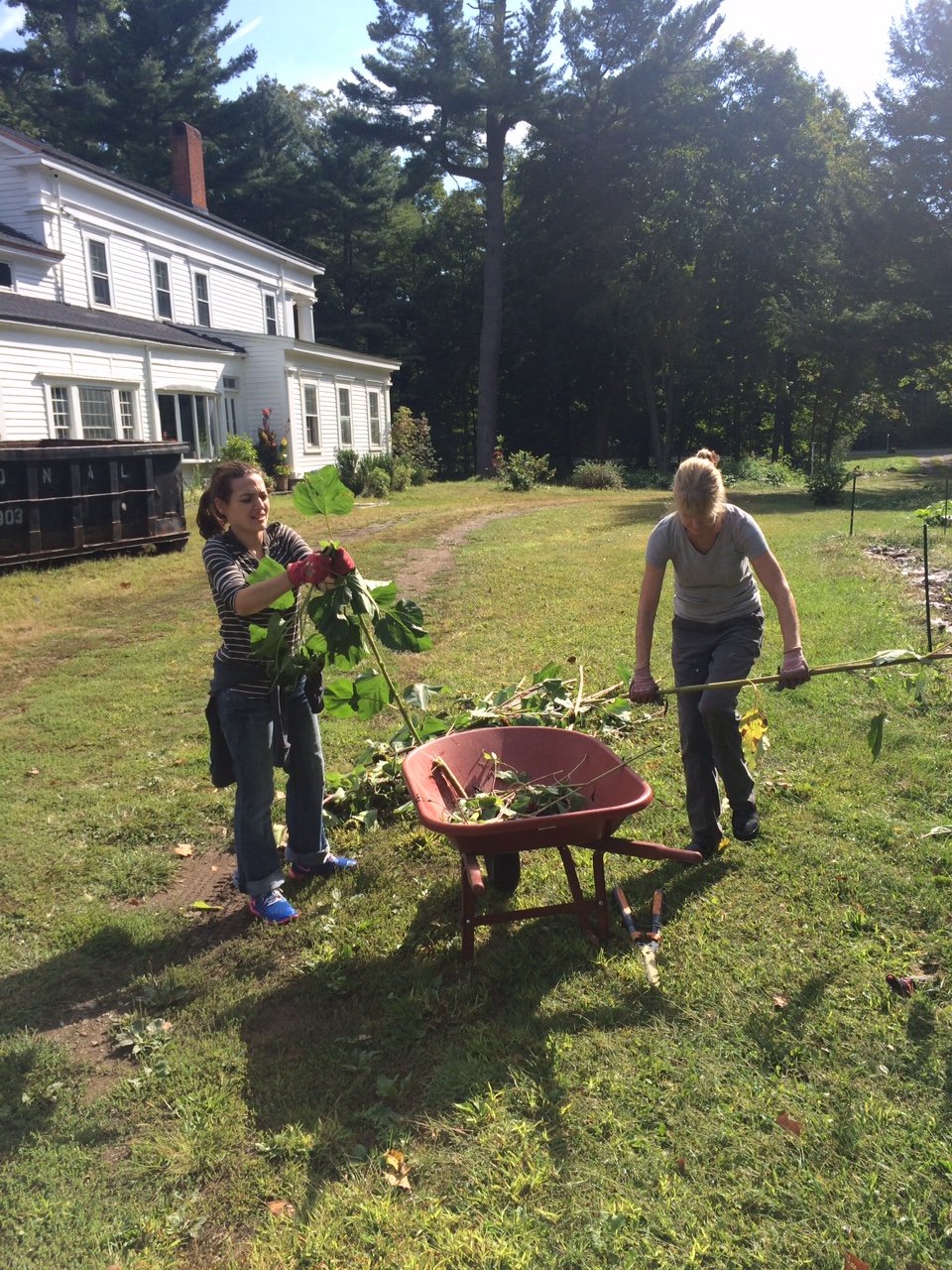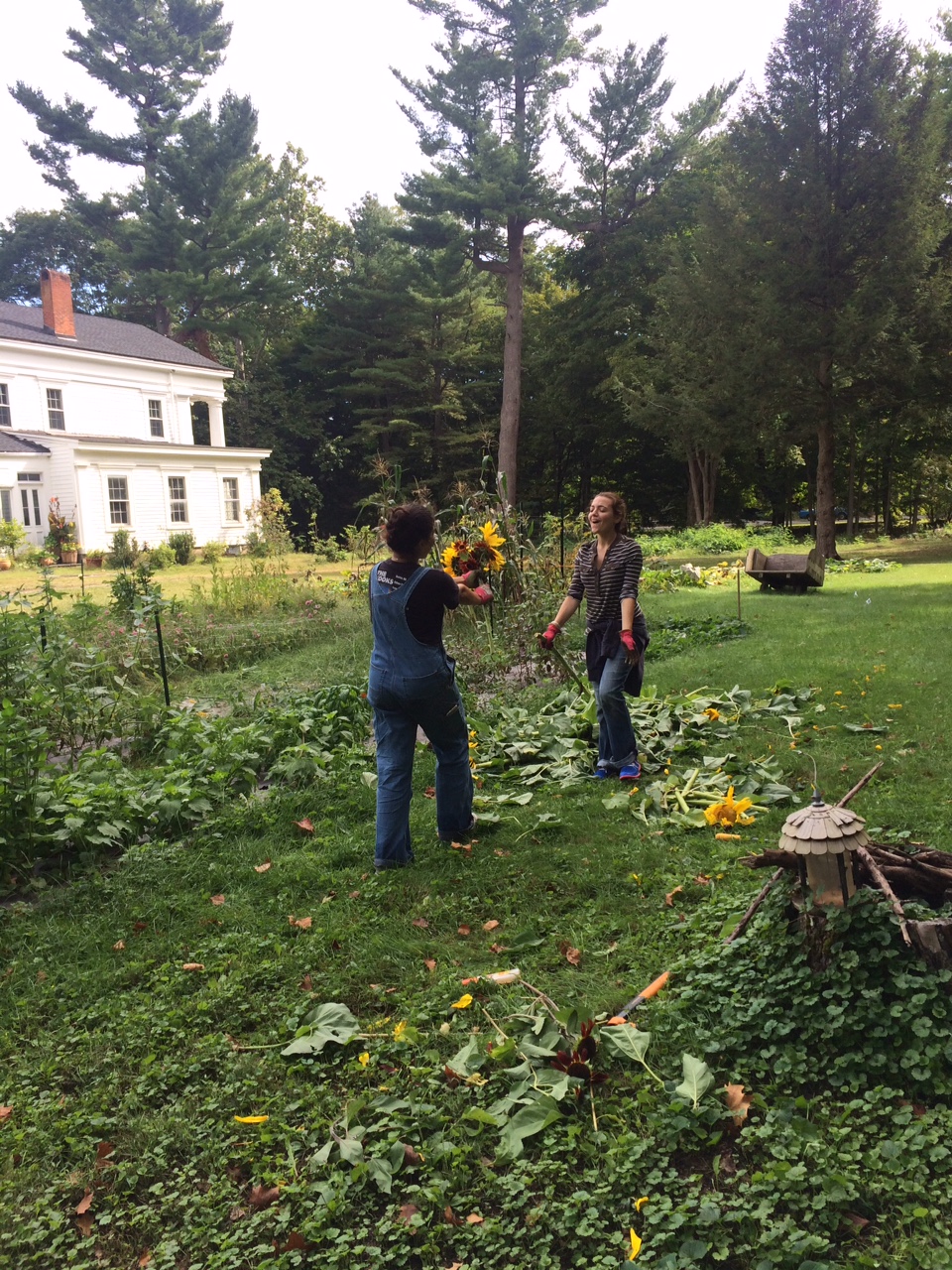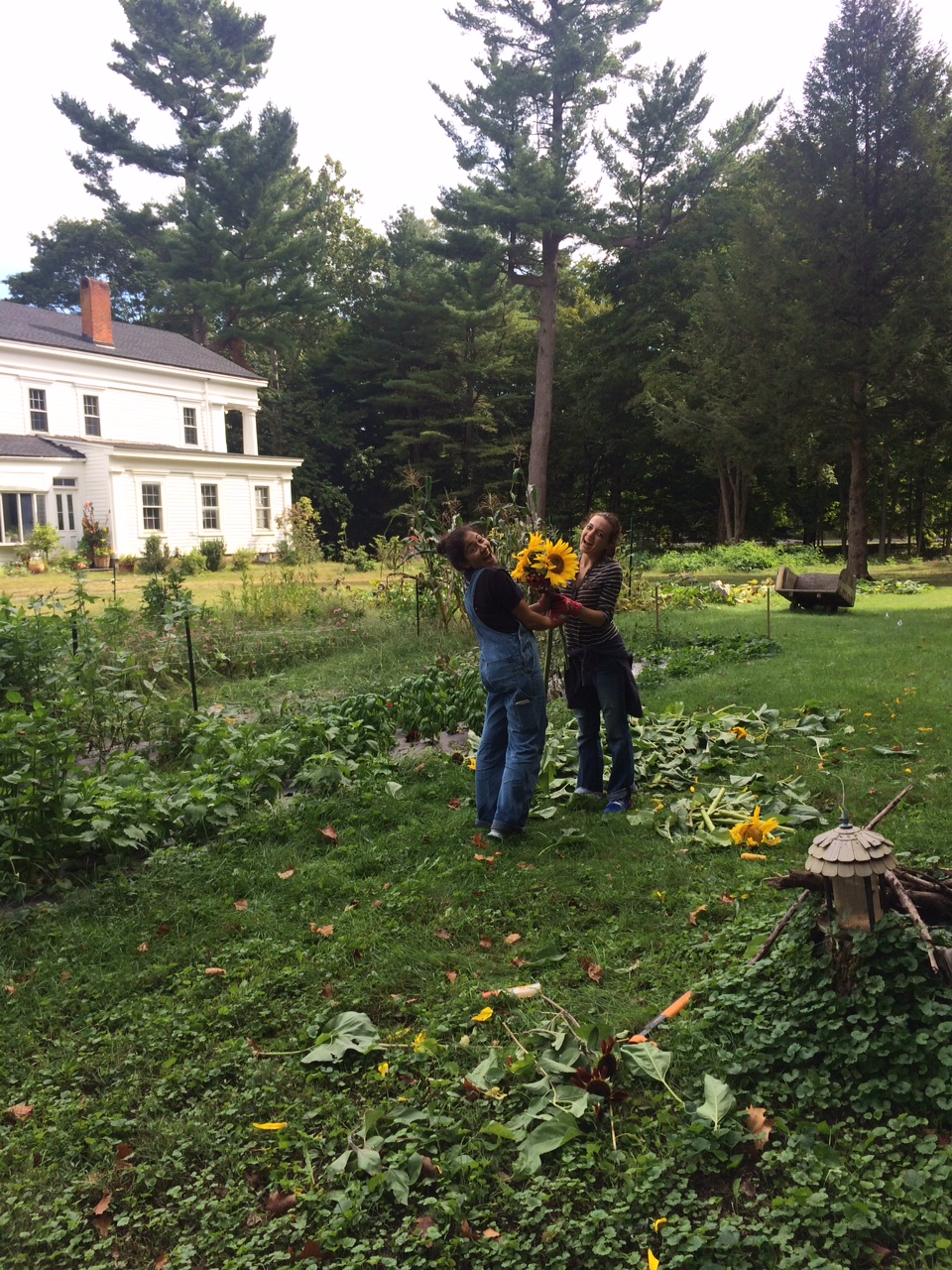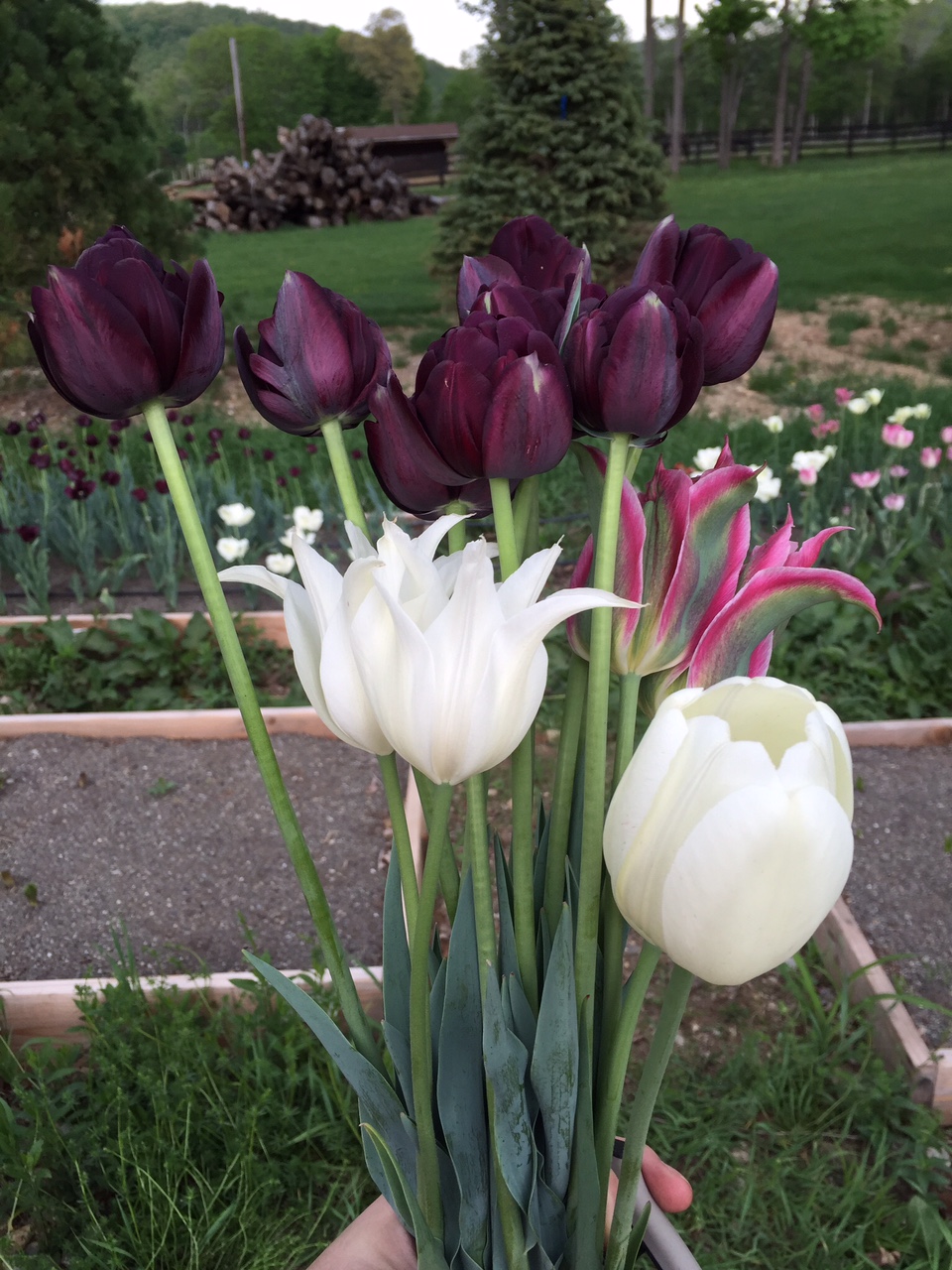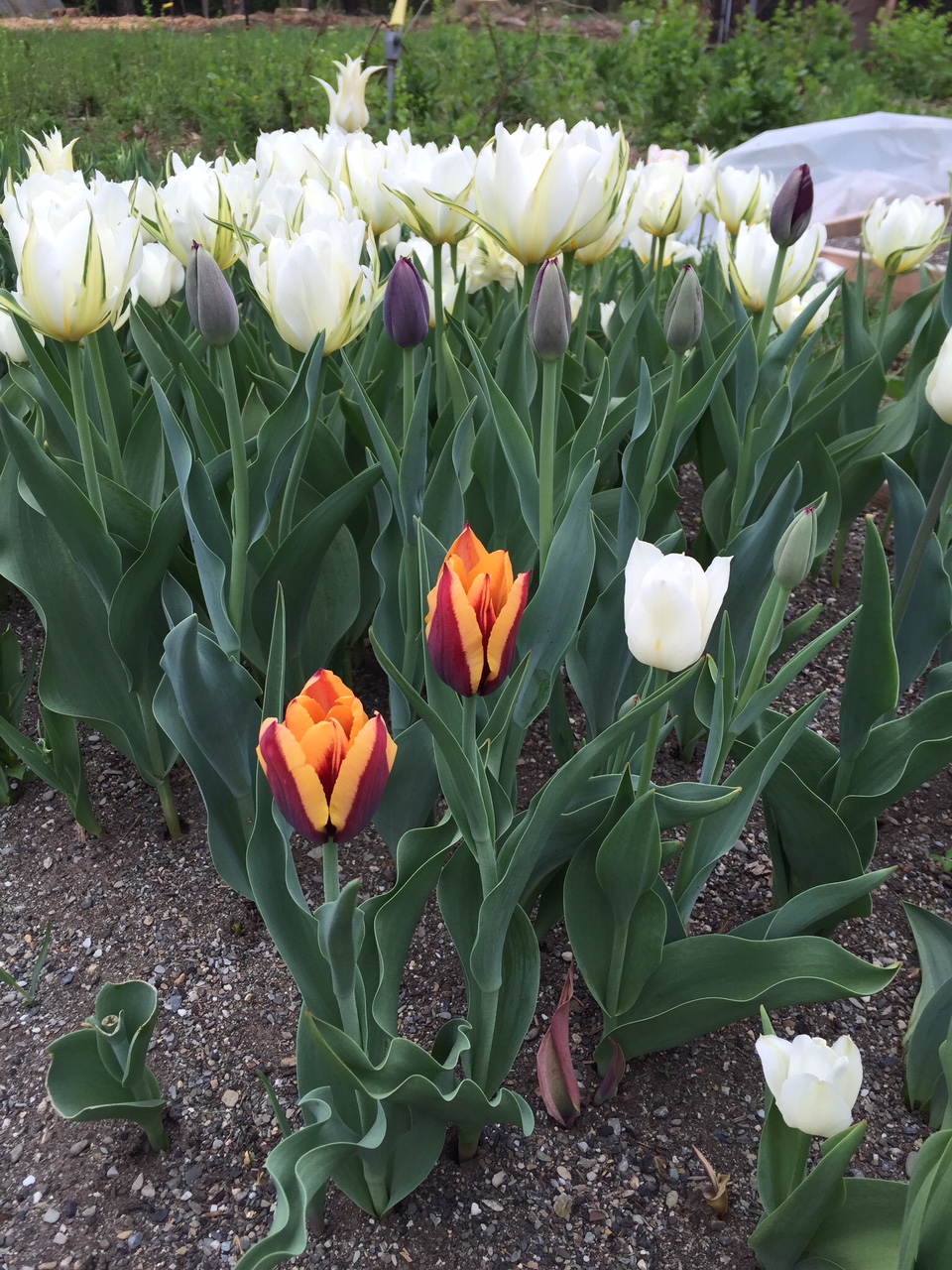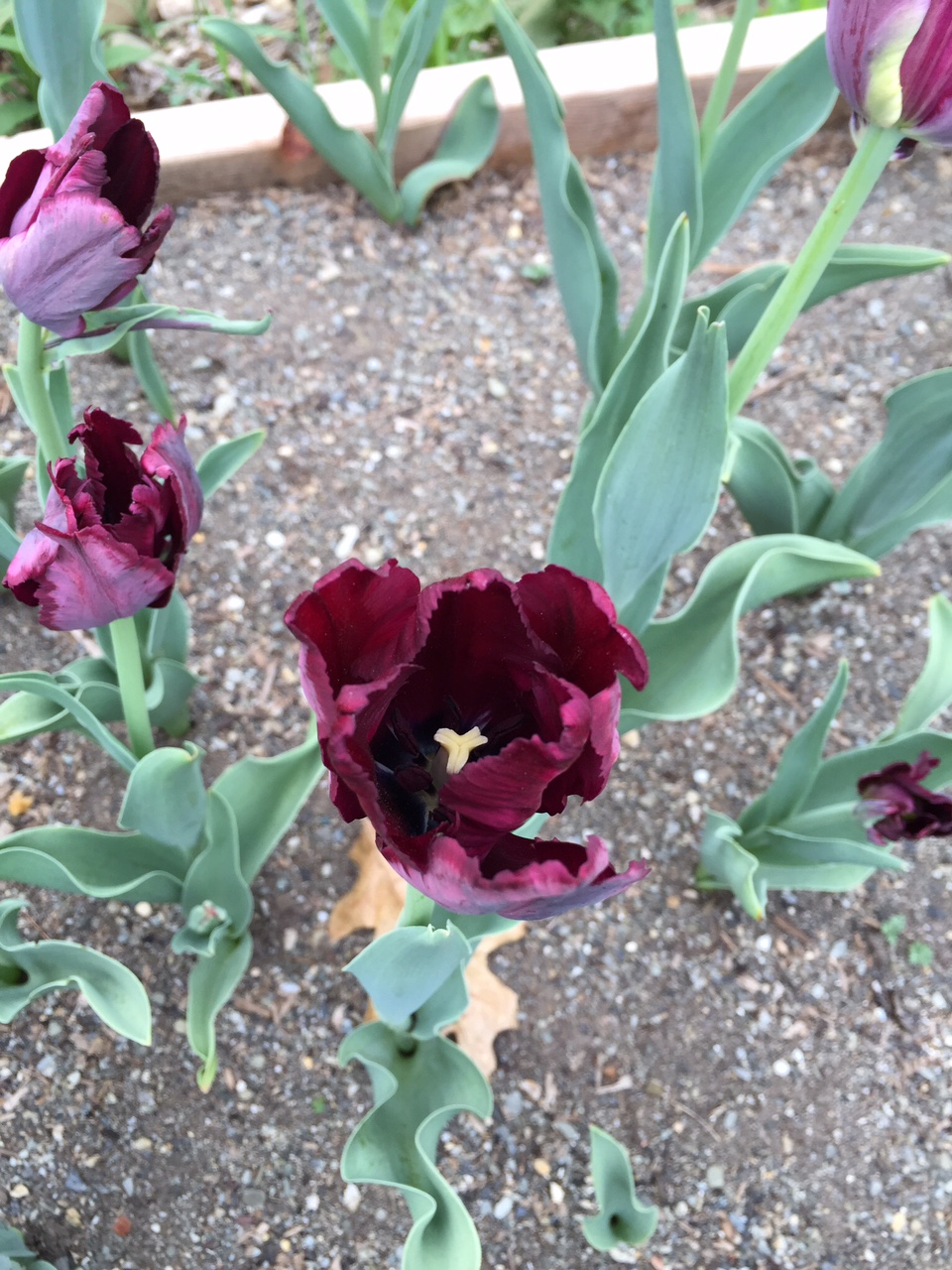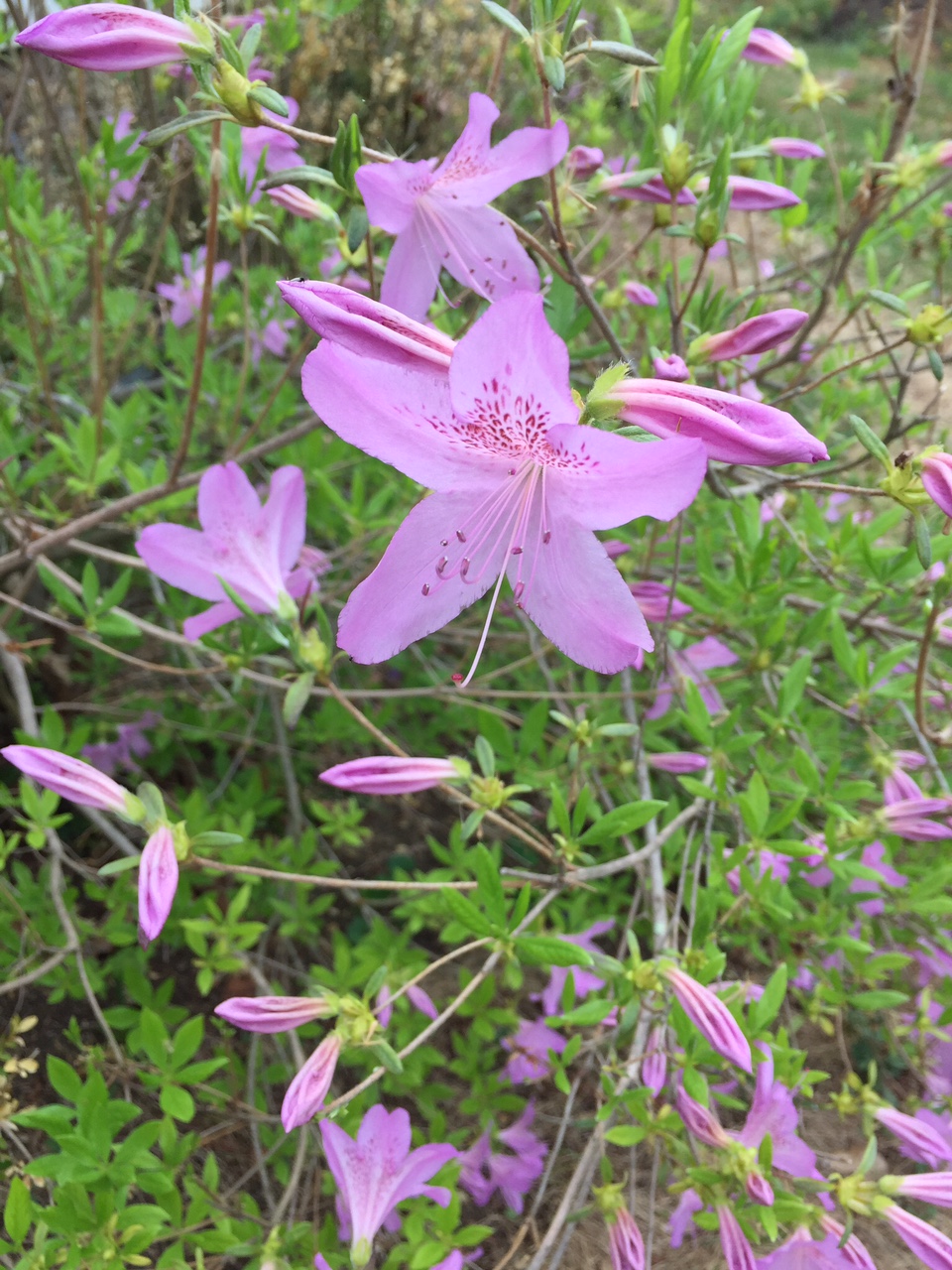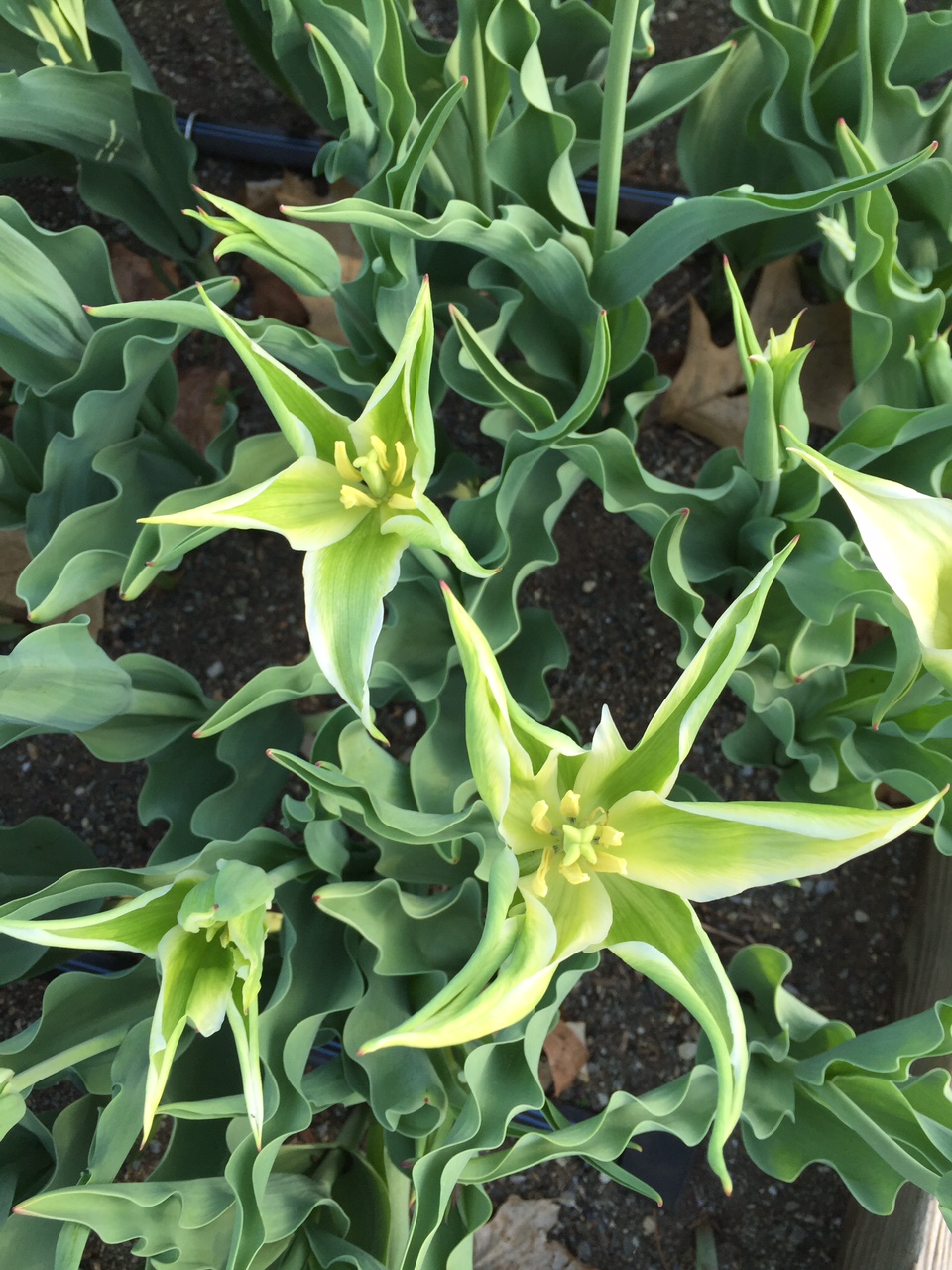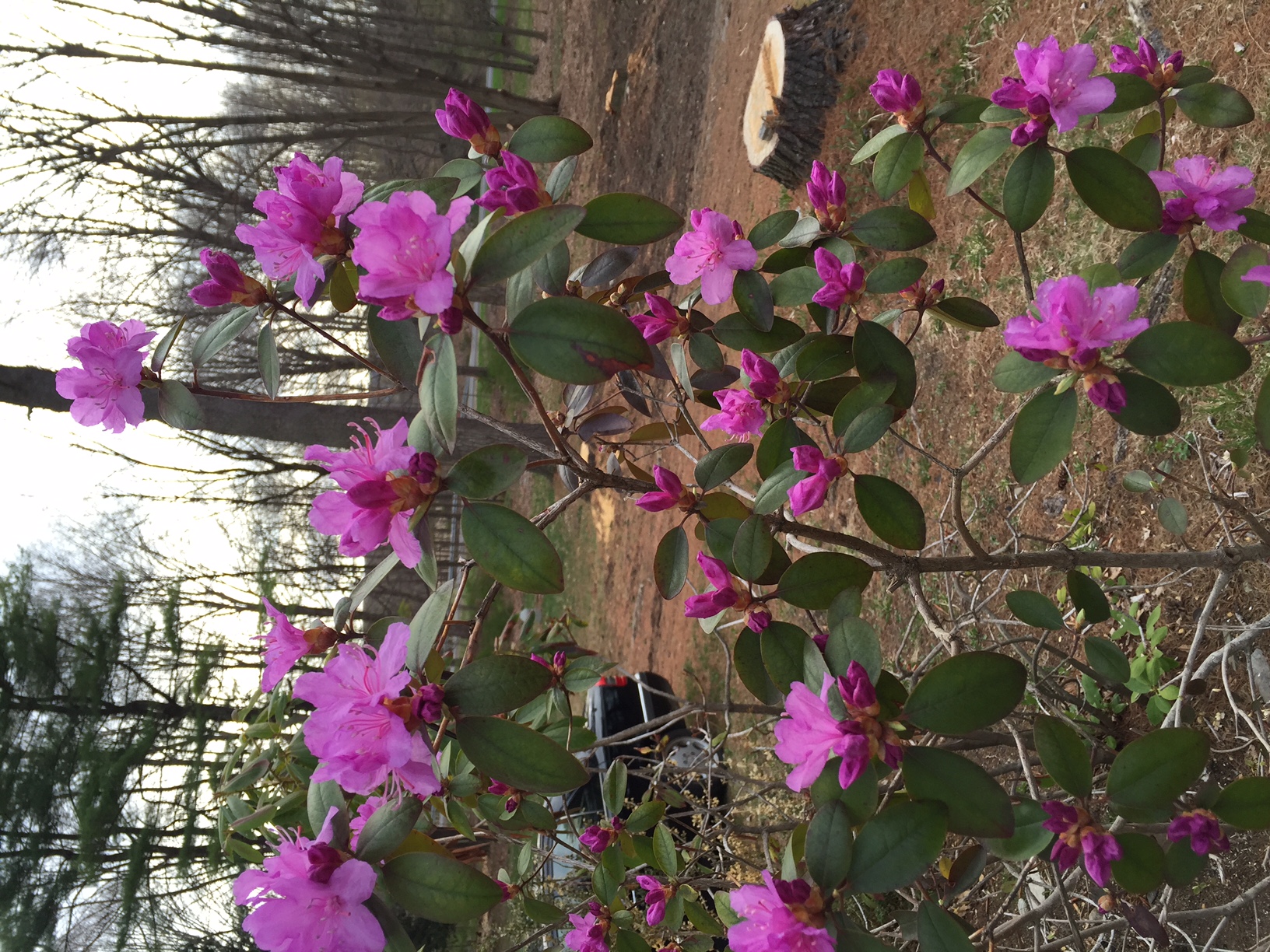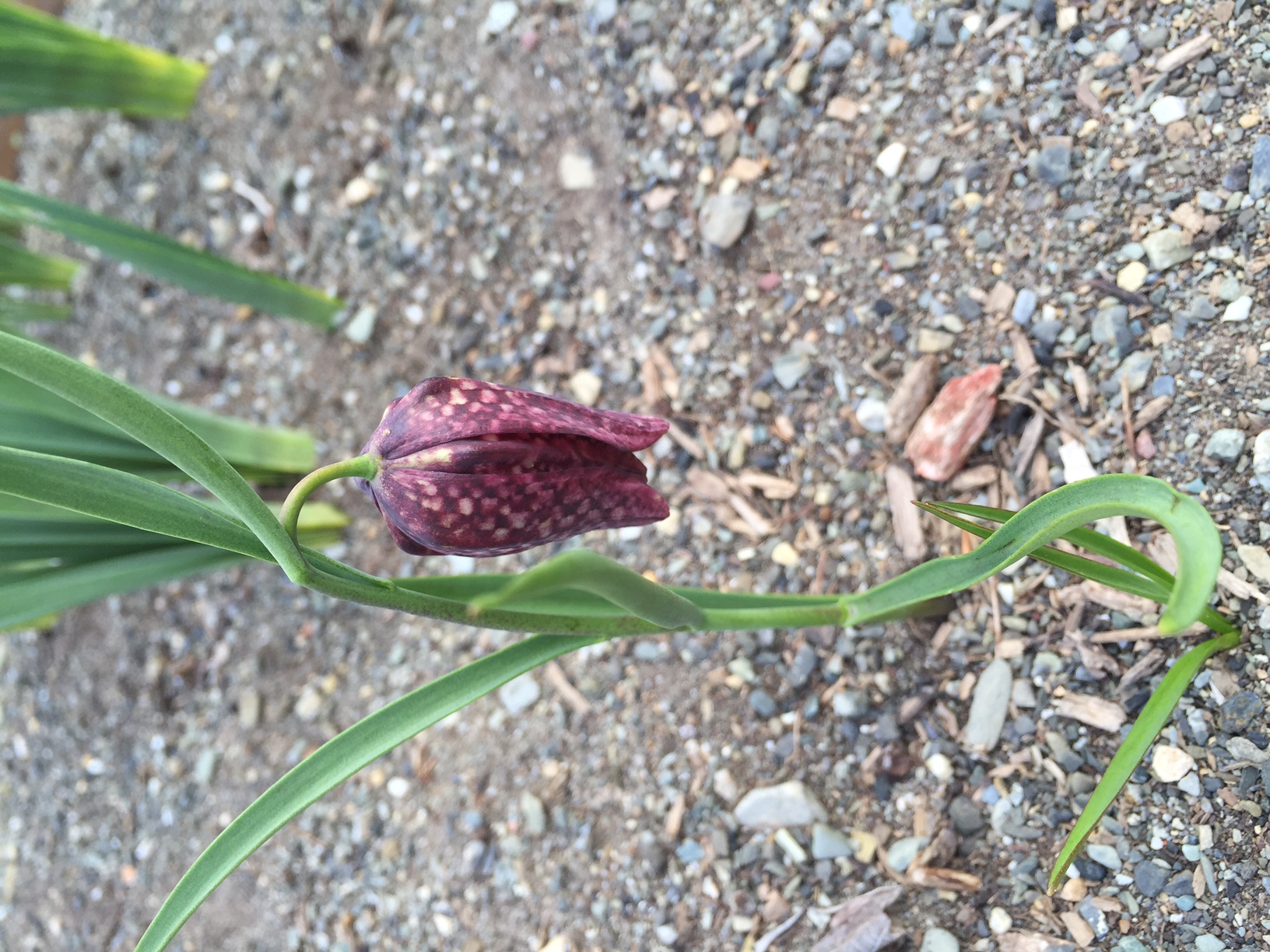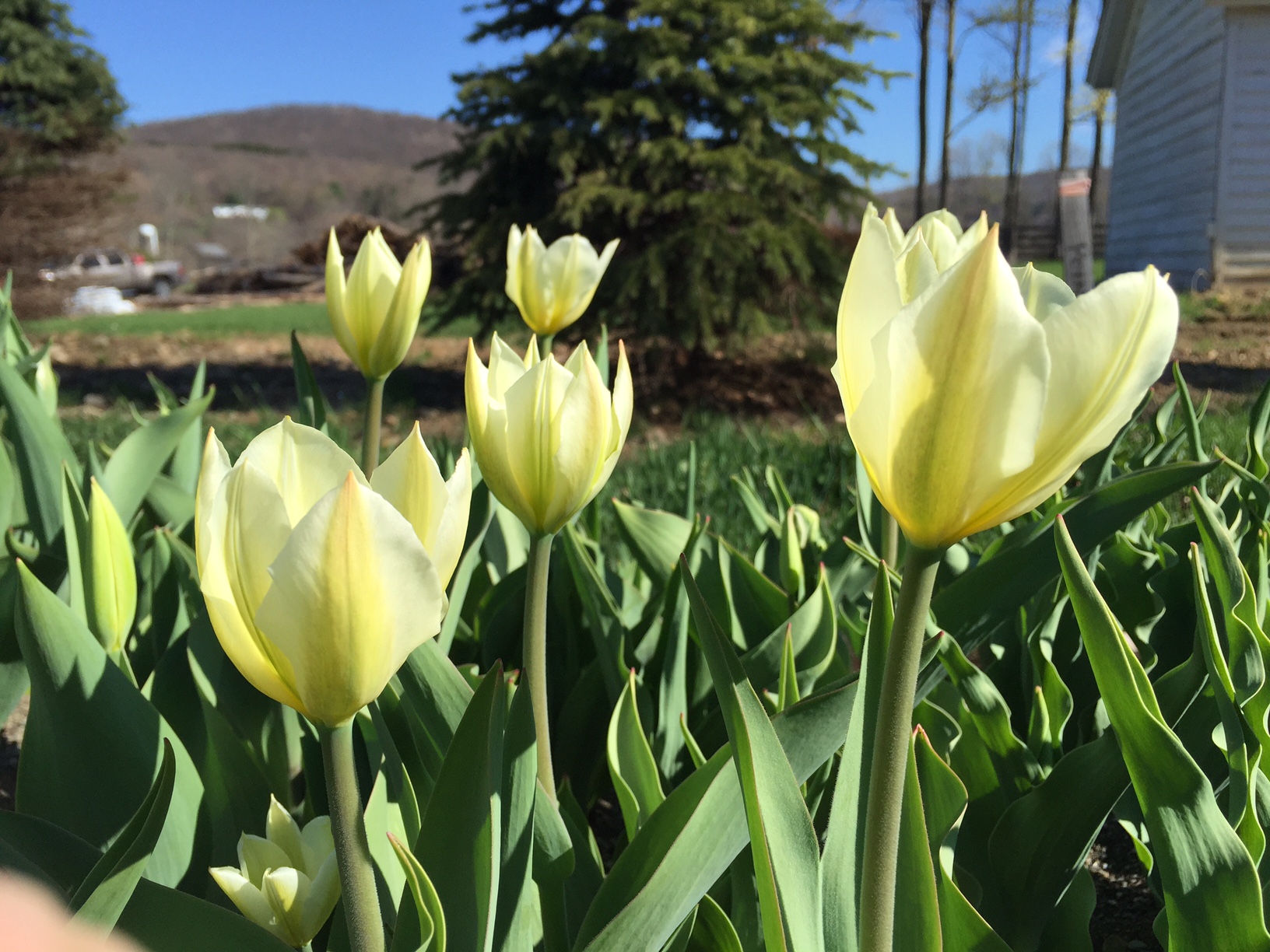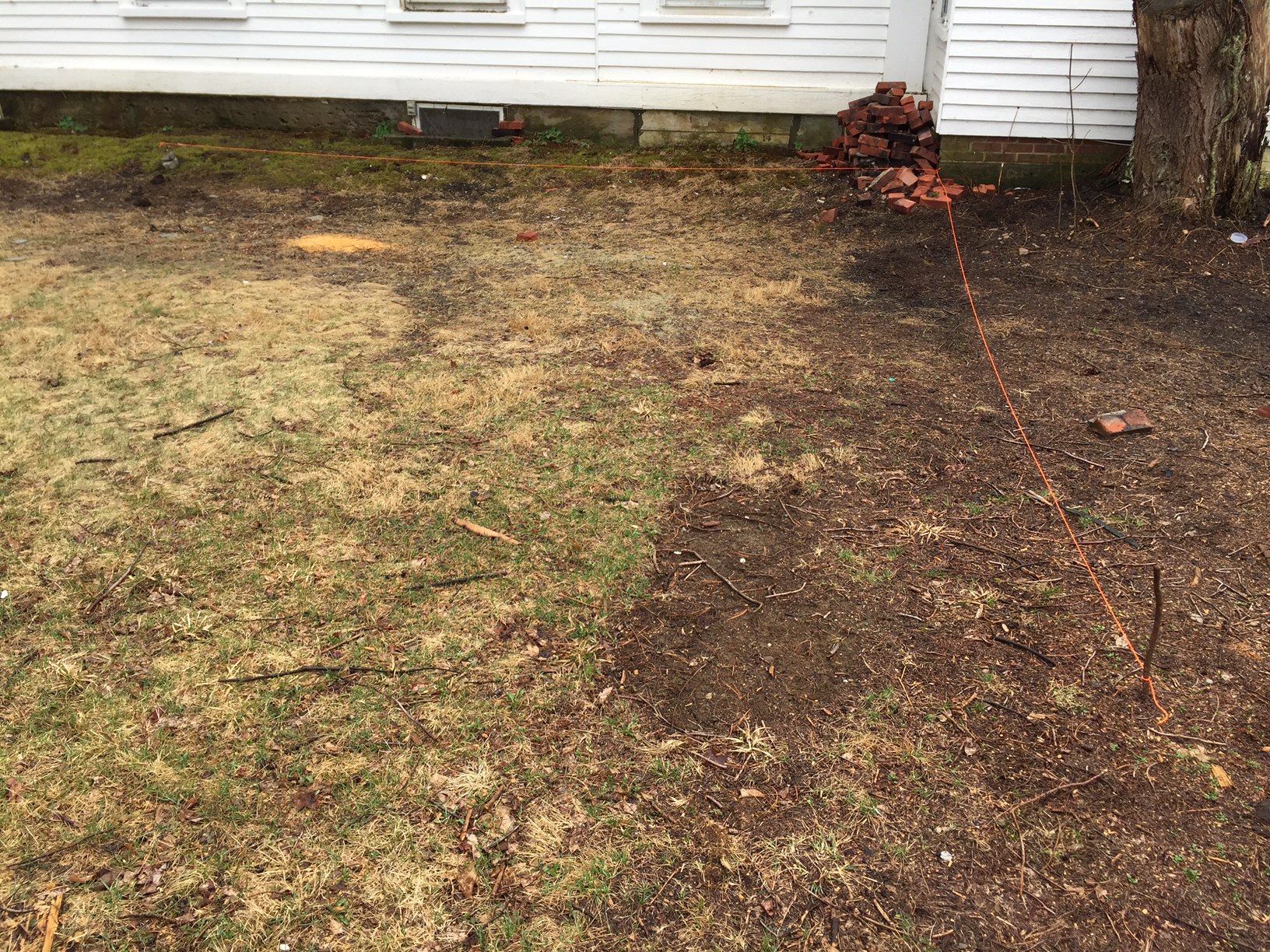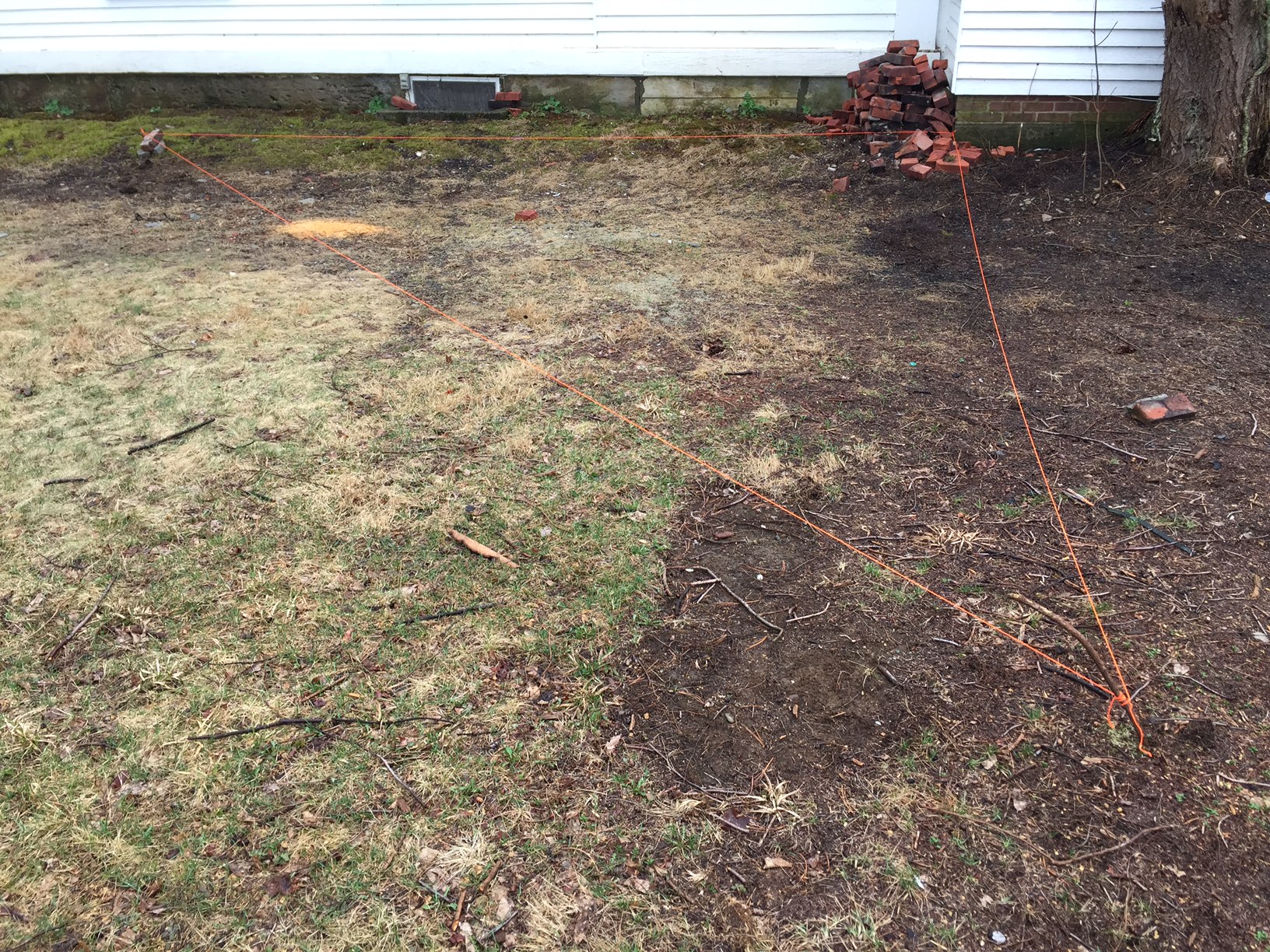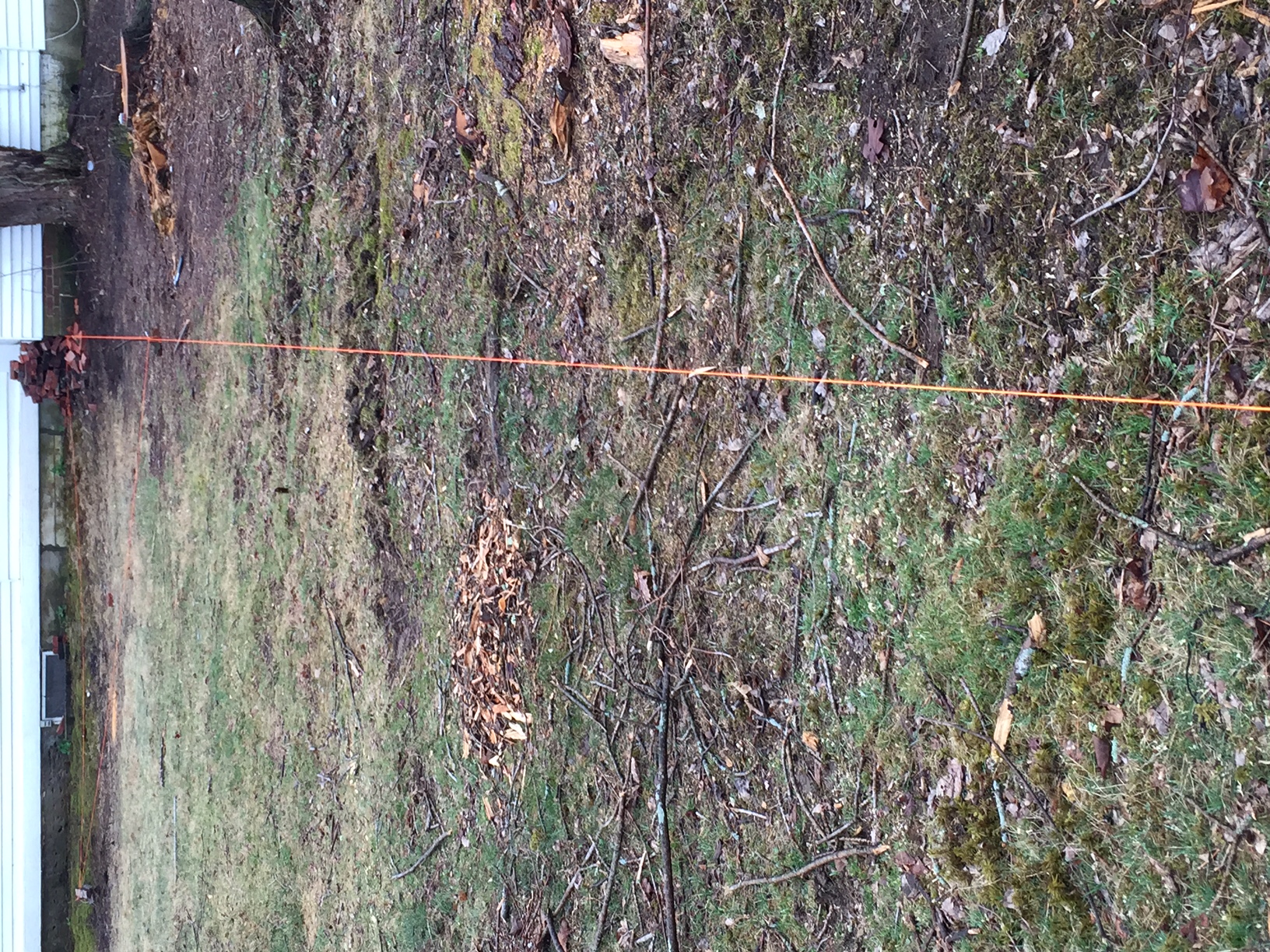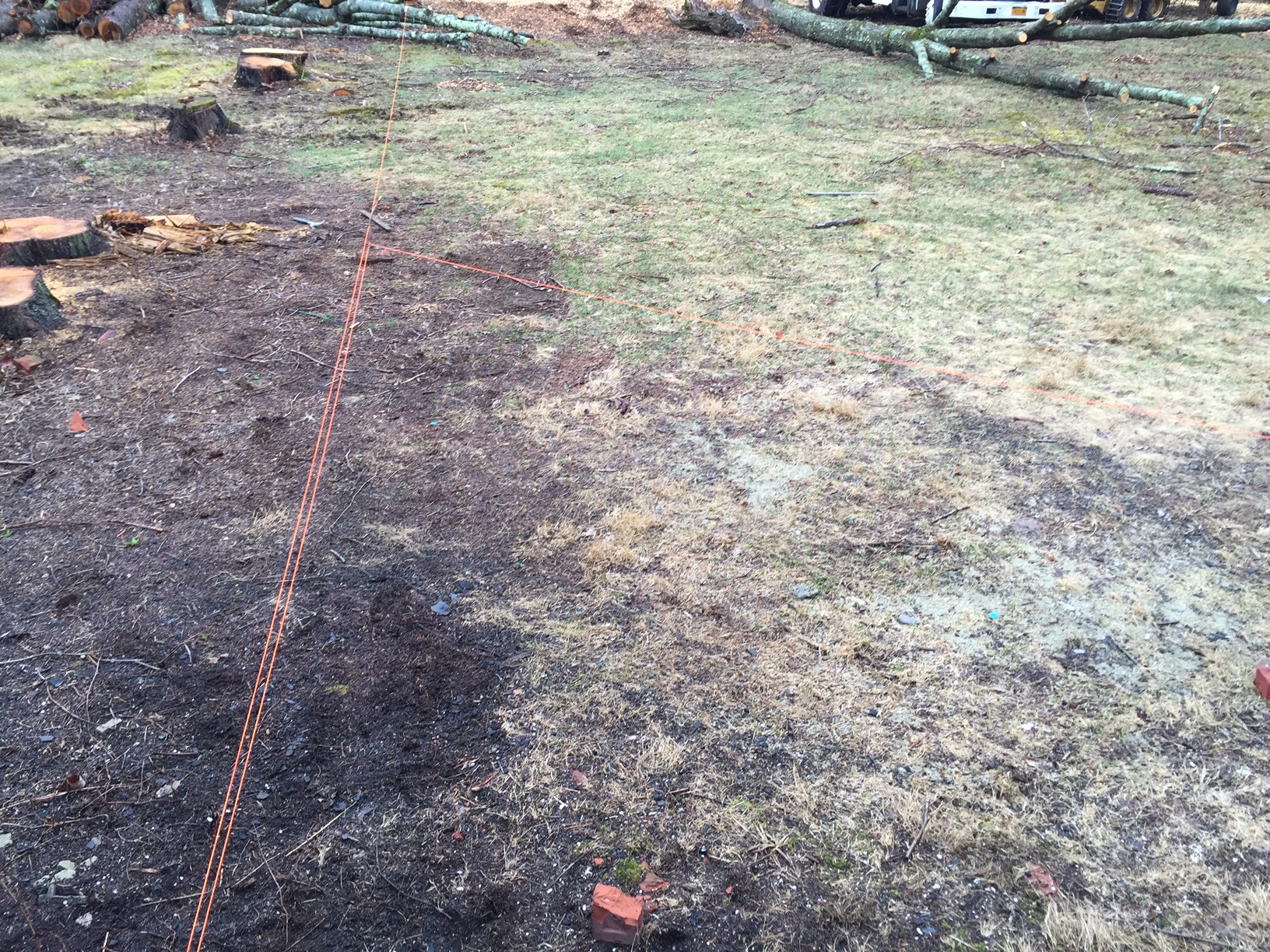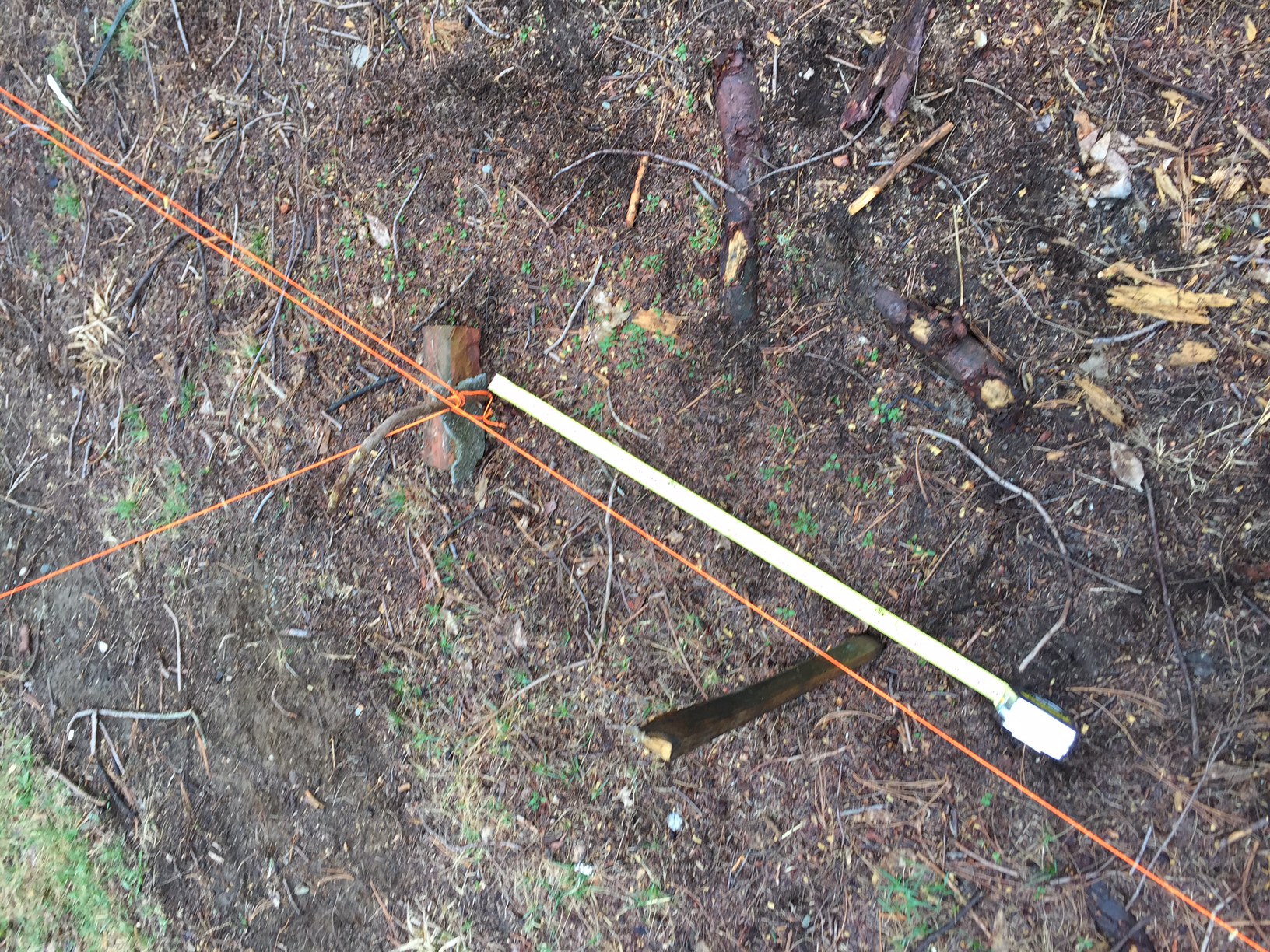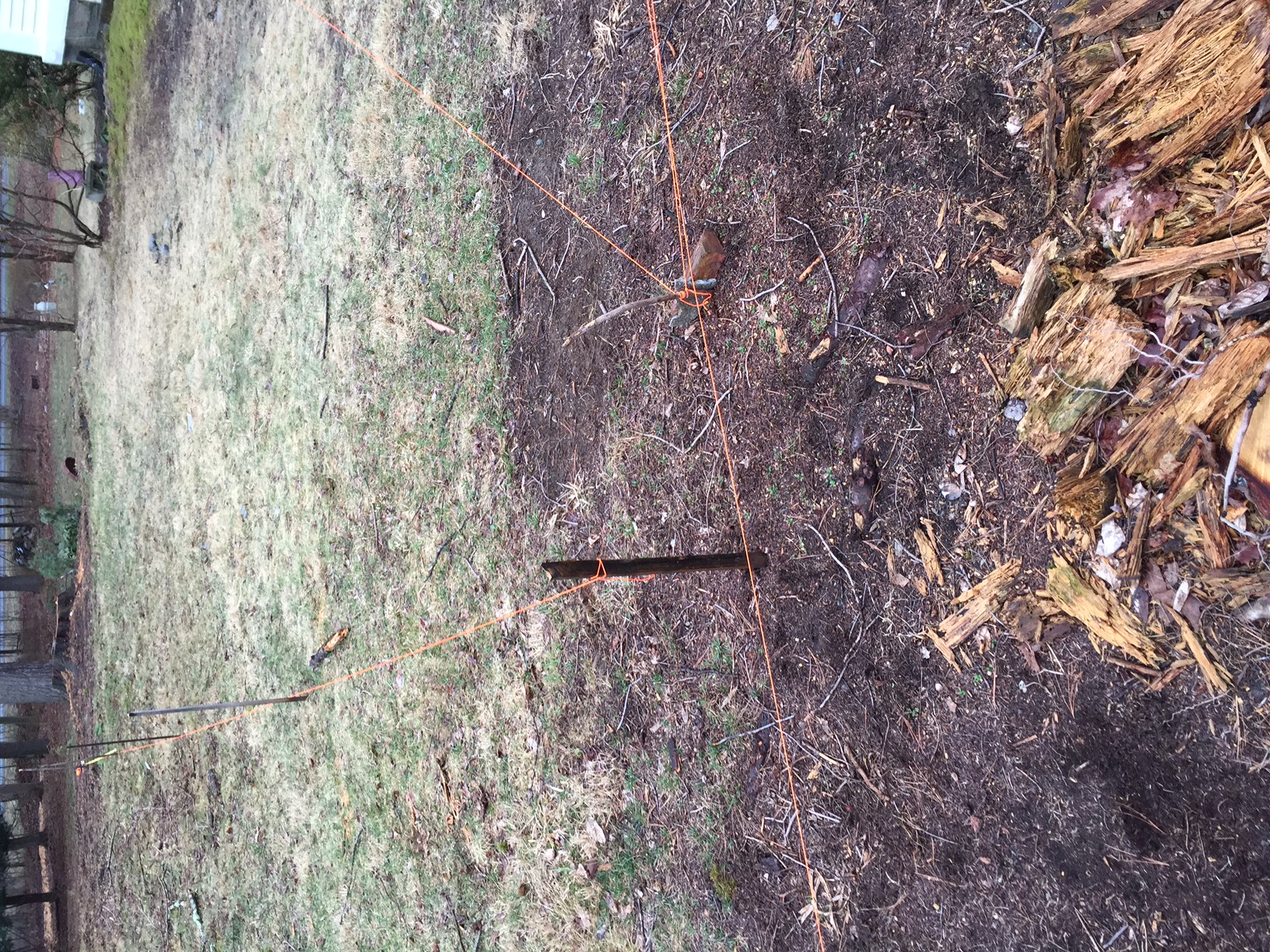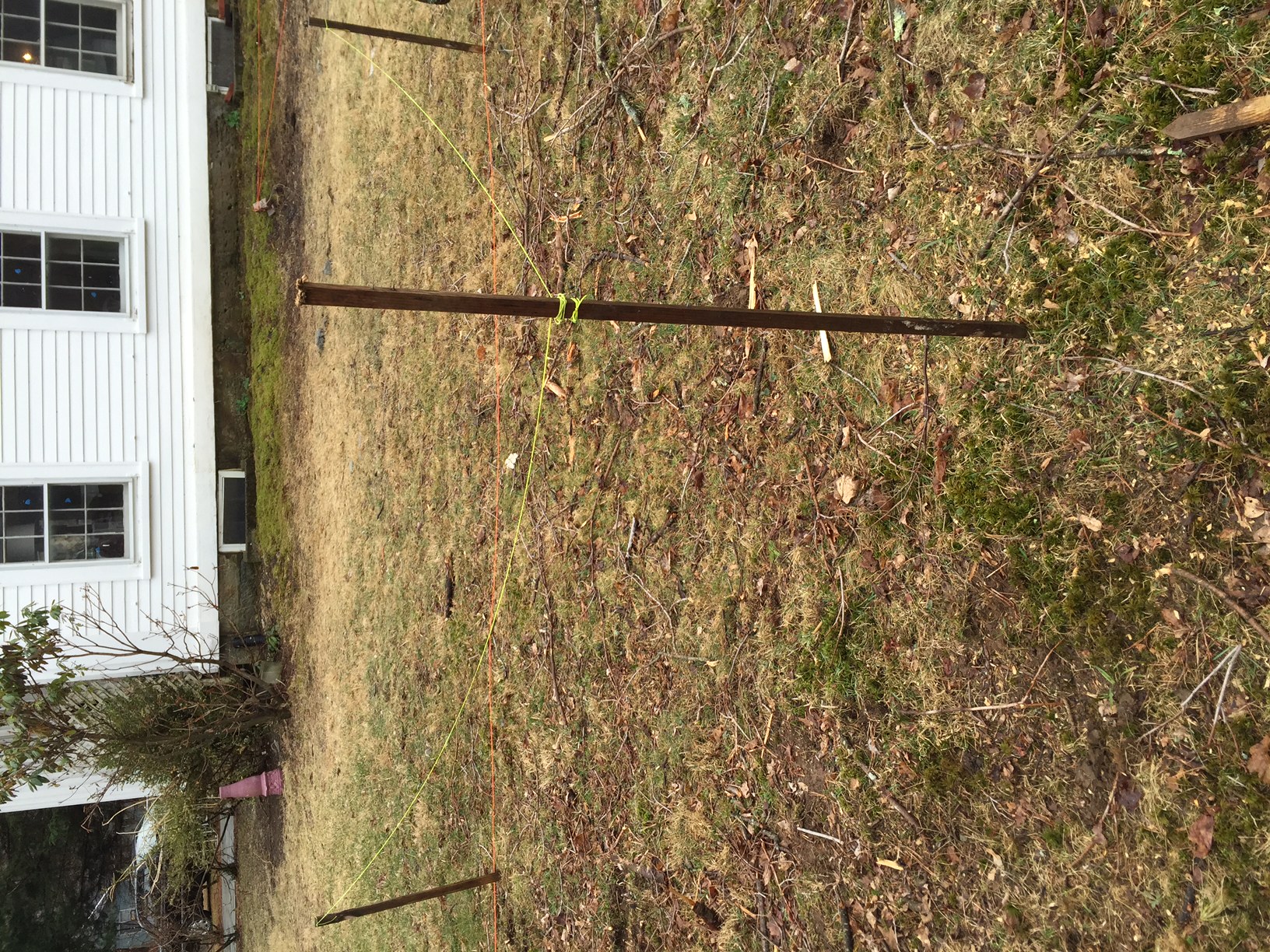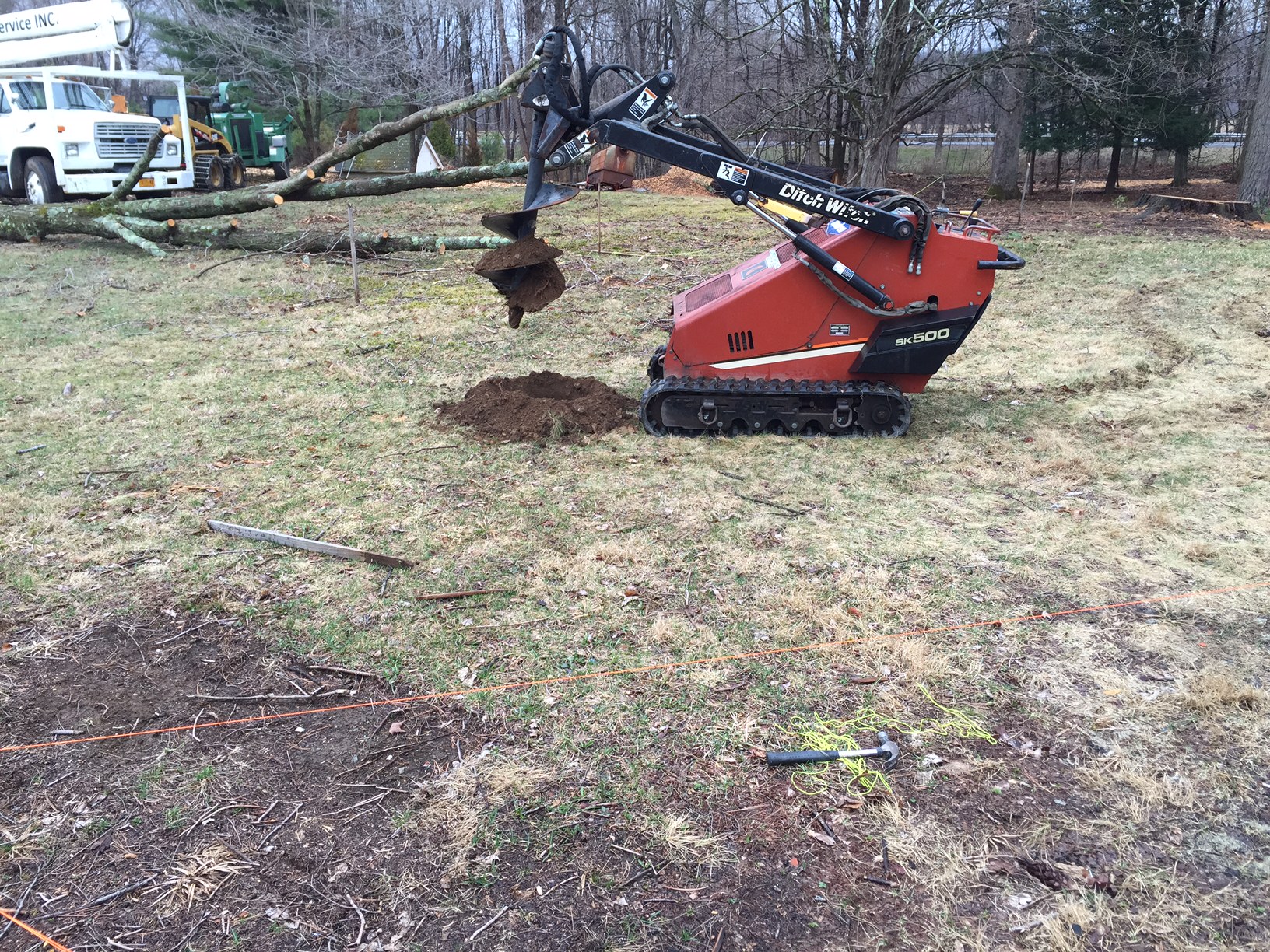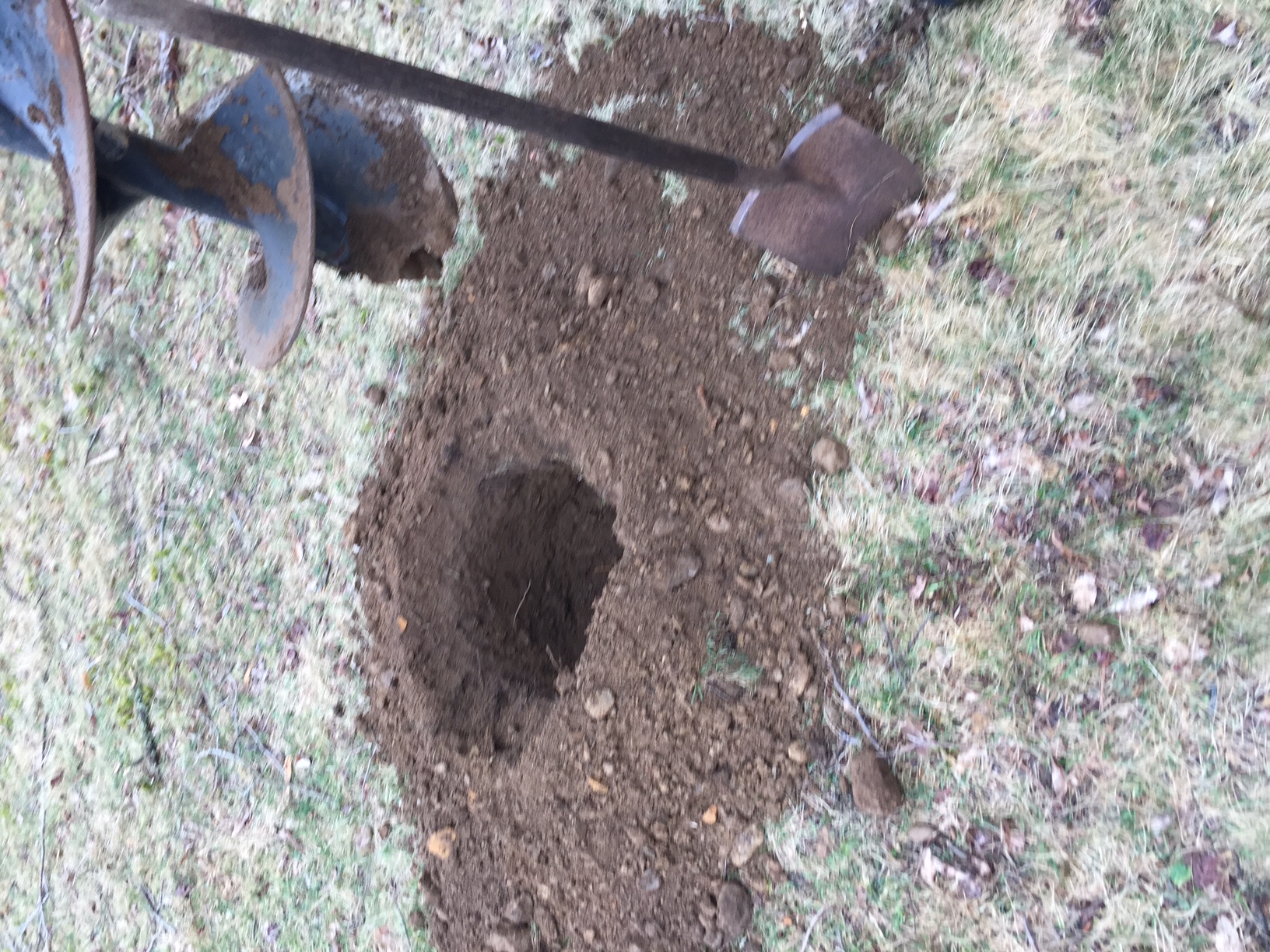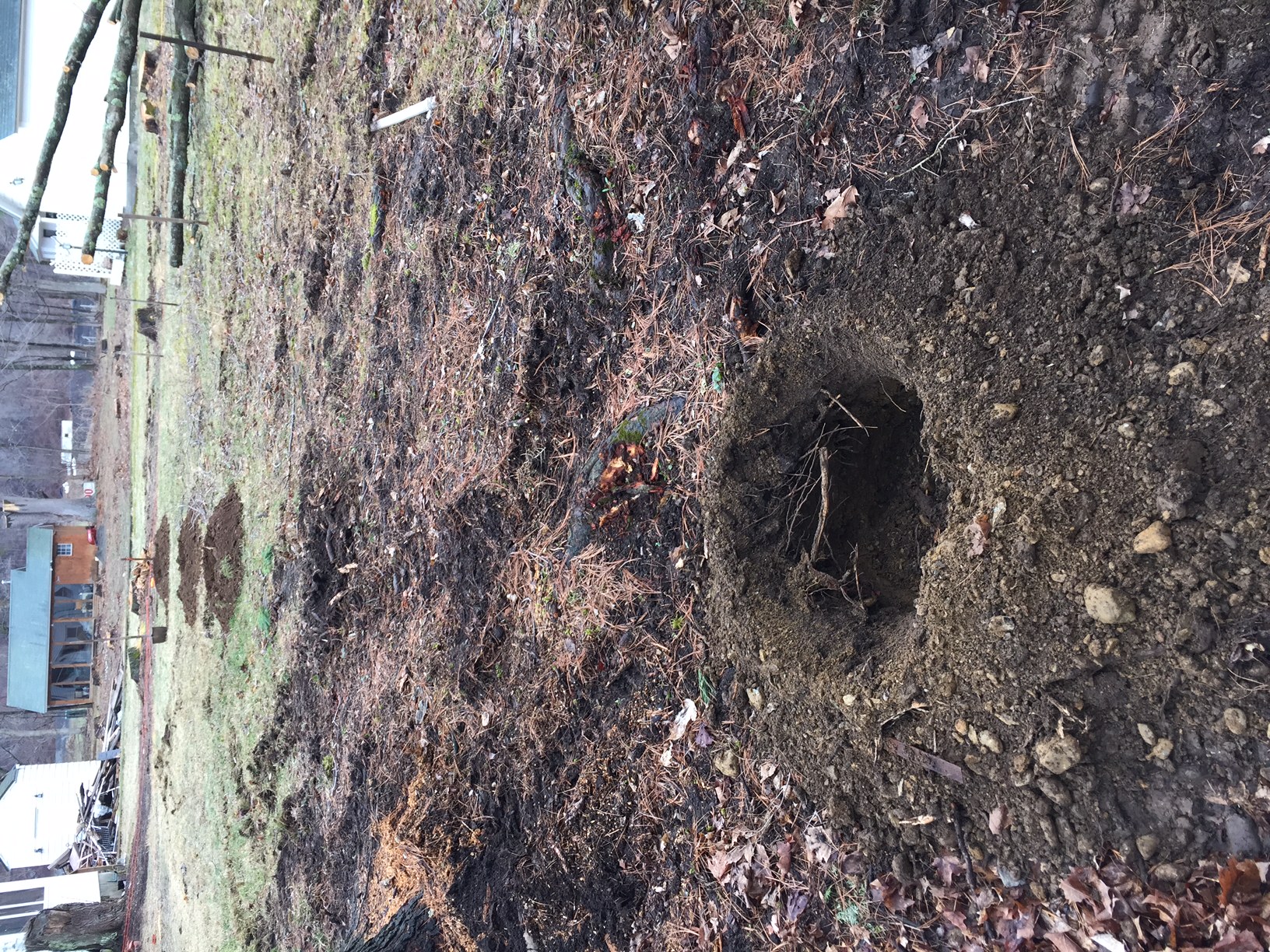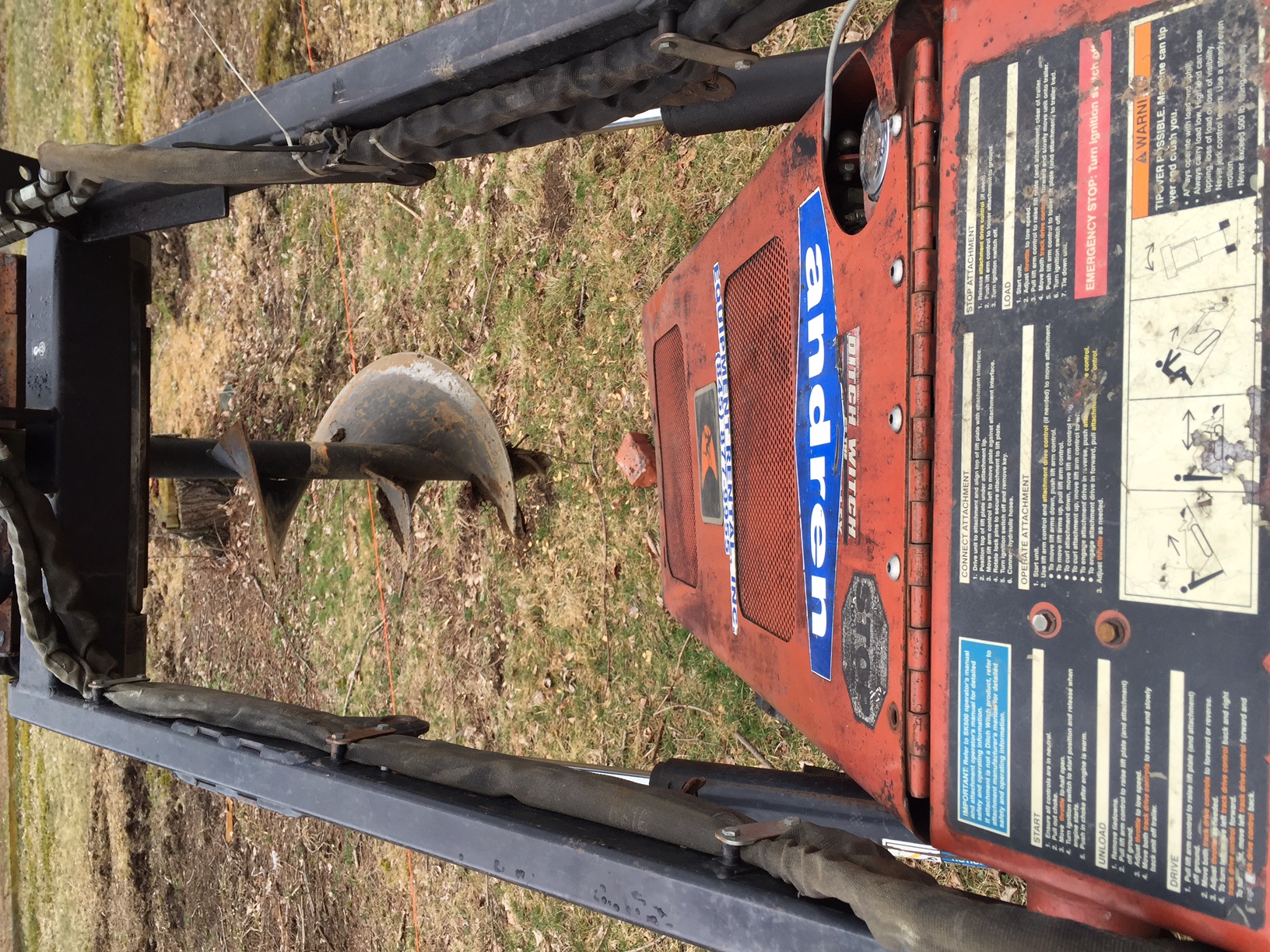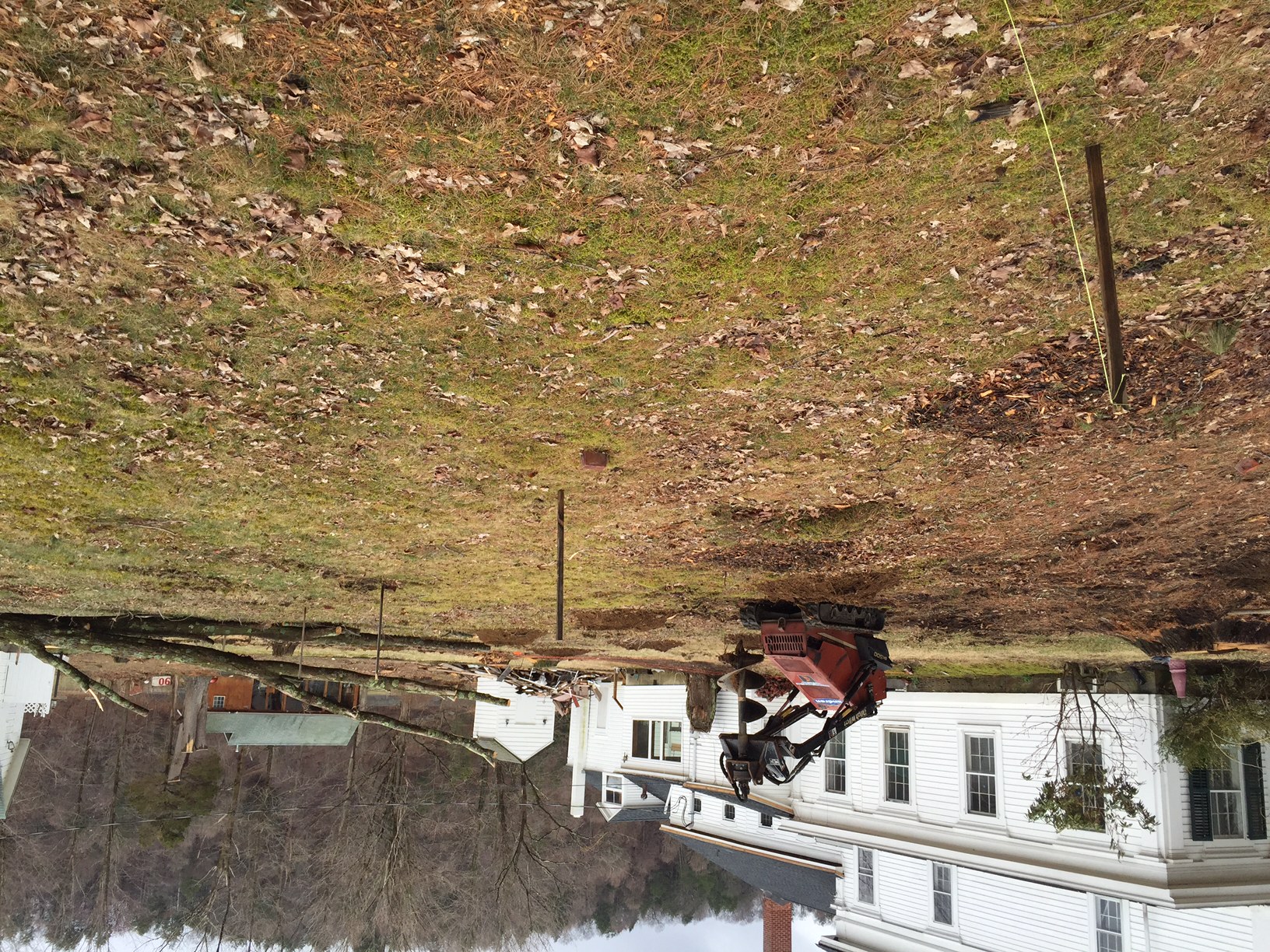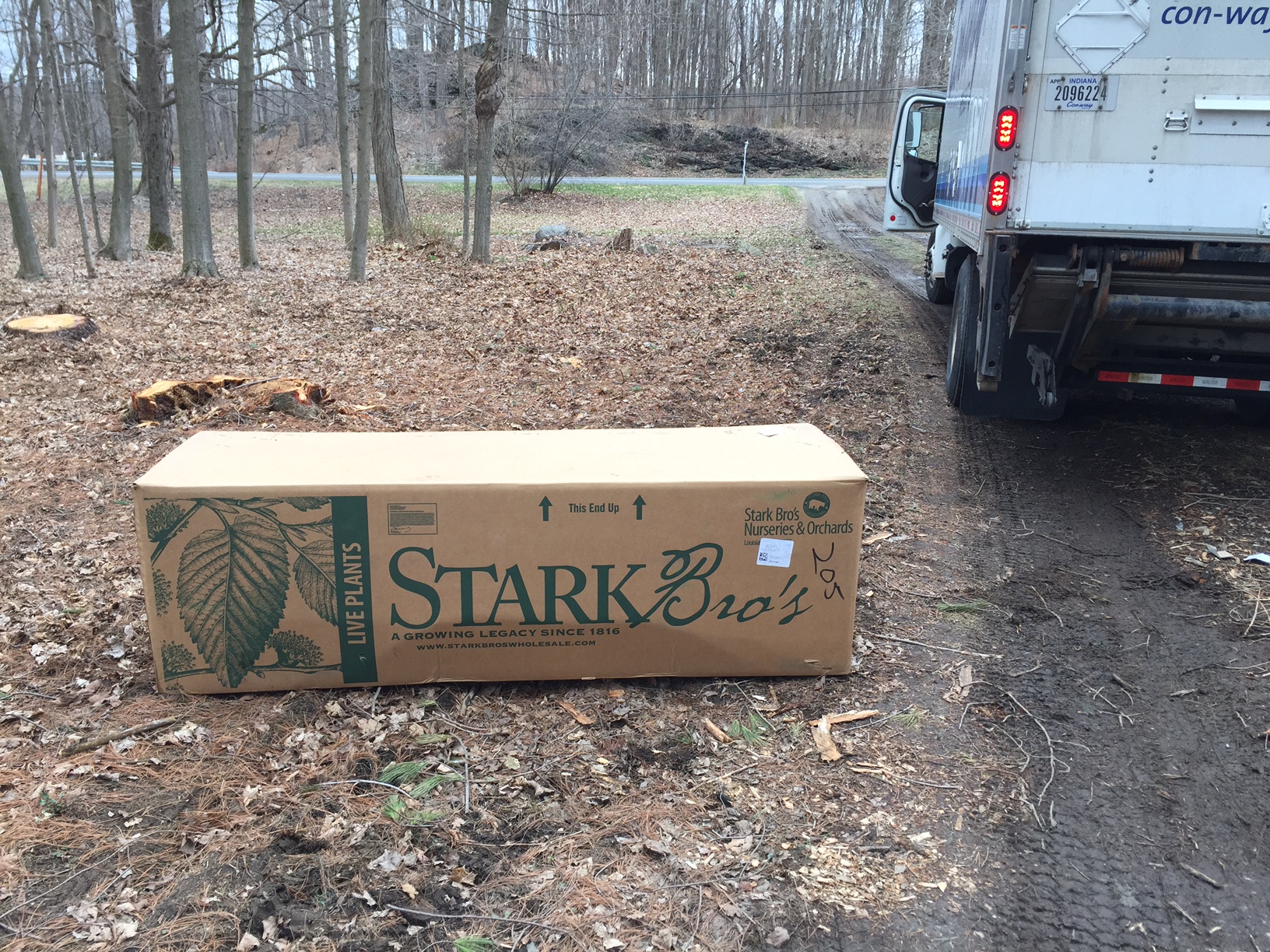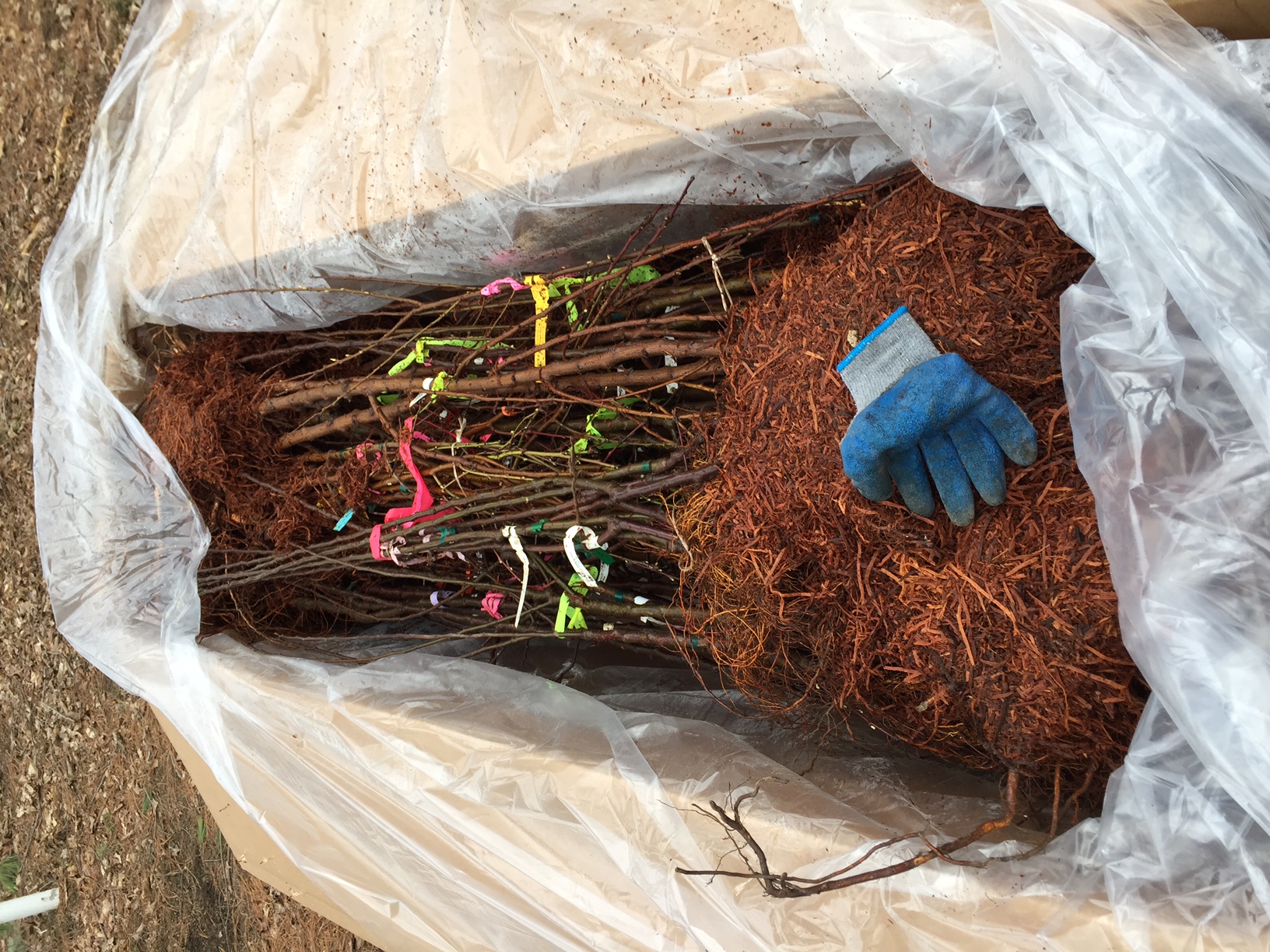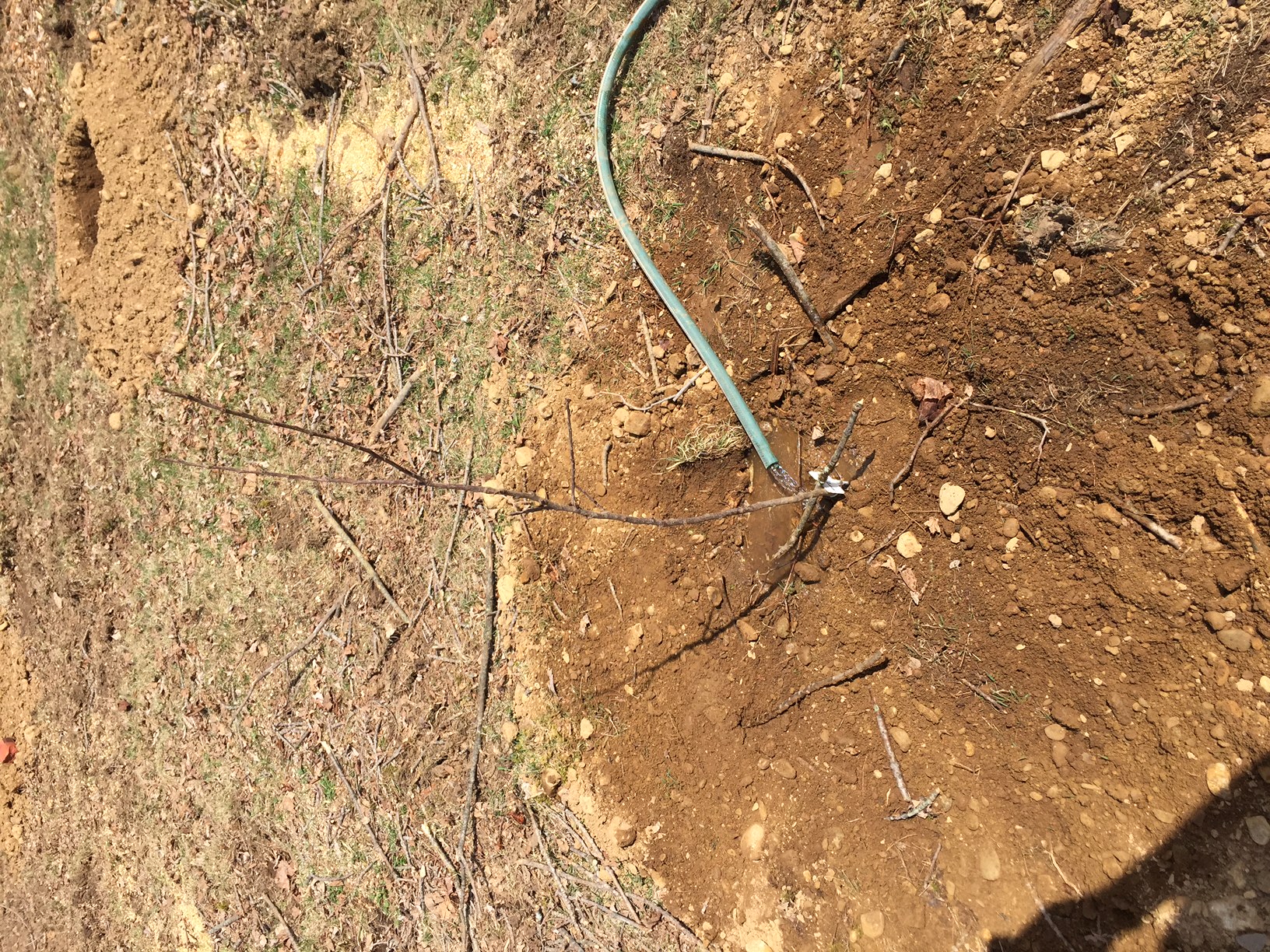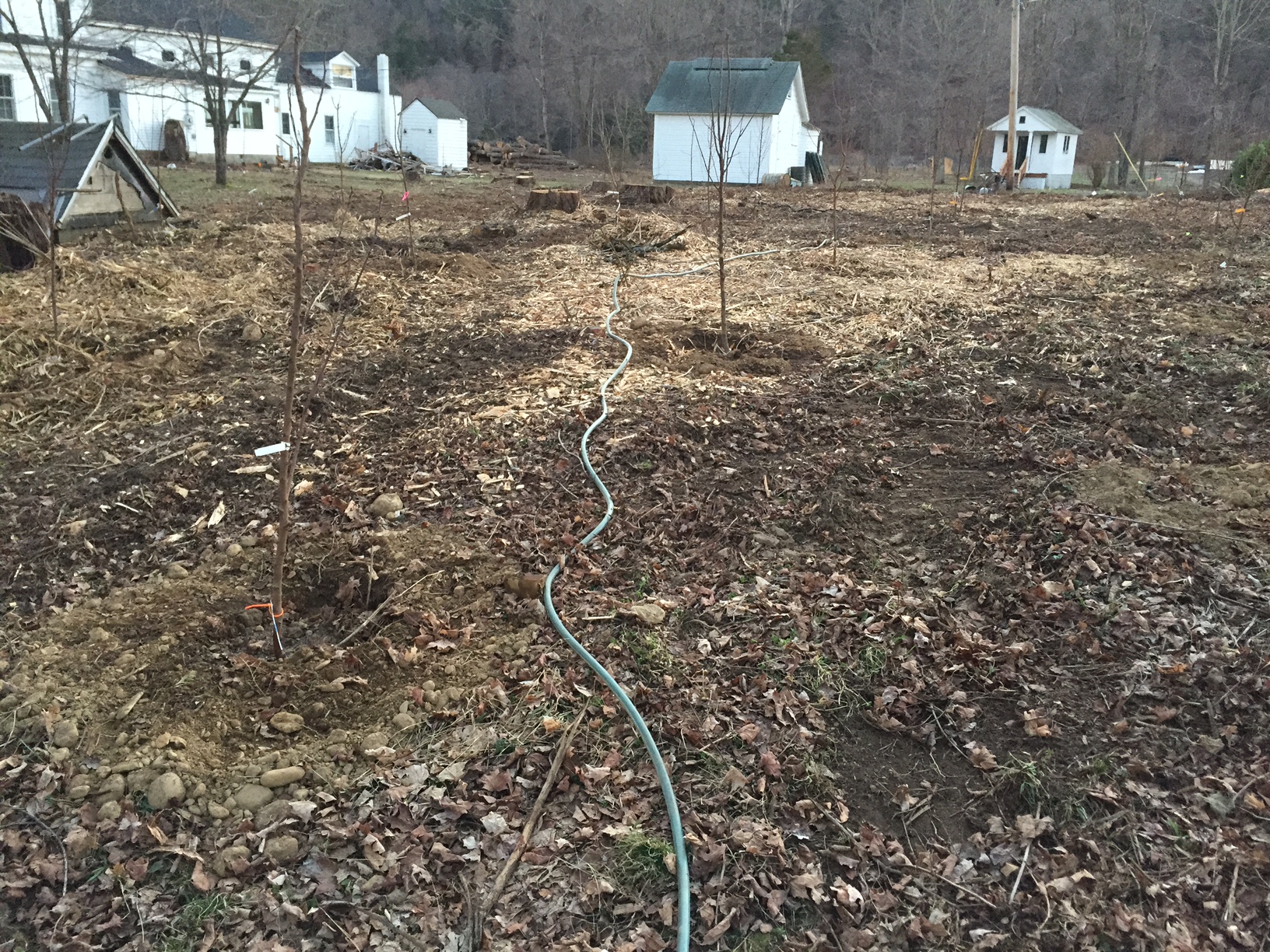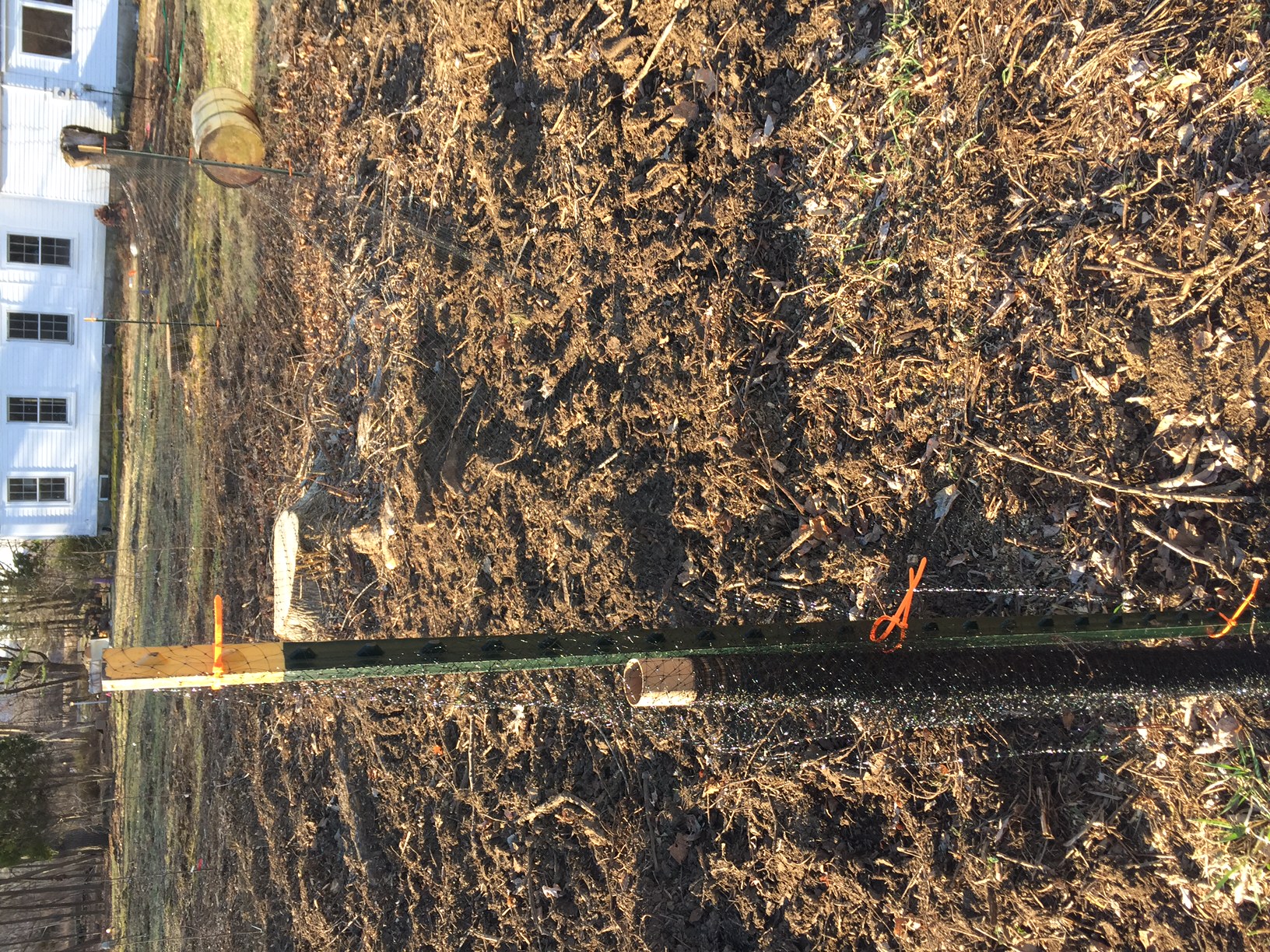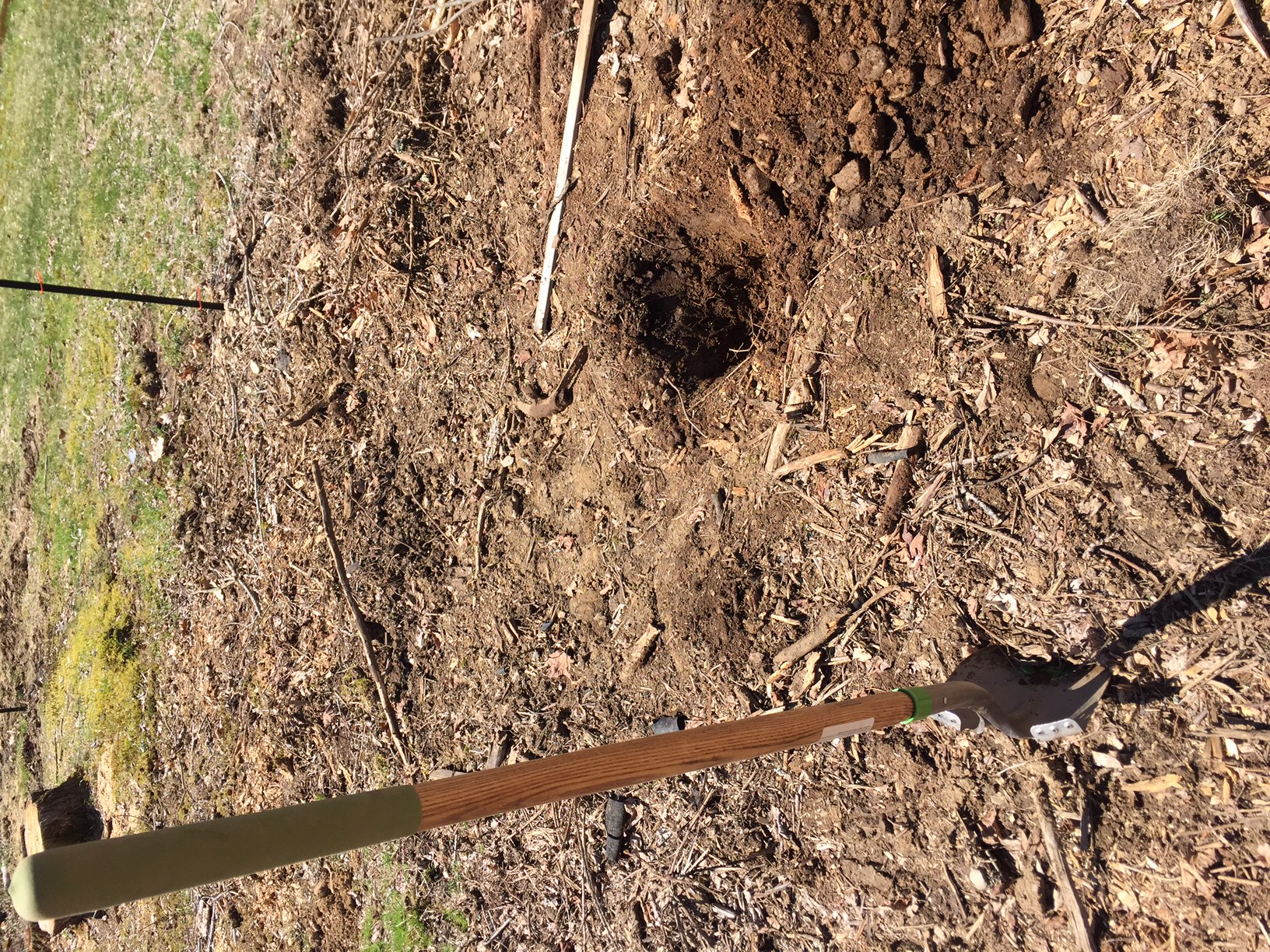Sunflowers
We LOVE sunflowers. They are pretty close to the ideal cut flower crop, they are easy to grow, reliable, flexible on timing and they sell well. Of course we are not talking about the run of the mill orange with black center types, we just don't do those here…we are talking about the world of oddball sunflowers, the reds, greens, doubles, halos; happiness on a tall stem.
This year we grew "Jade" and "Chianti", the Jade were the overall crowd pleaser, florists and their customers liked them whereas the Chianti went over well with the florists but did not sell well for them in their shops. This was actually an interesting lesson in regional tastes. Our NYC friends absolutely loved the dark red almost black flowers but the more rural tastes where we do the bulk of our selling was skewed heavily towards the "happier" aspect of the lighter colored daintier Jade blossoms. Our plantings next year will be heavily skewed towards the Jade with some chianti mixed in, we are also planning on trialing several other varieties to see how they grow and sell.
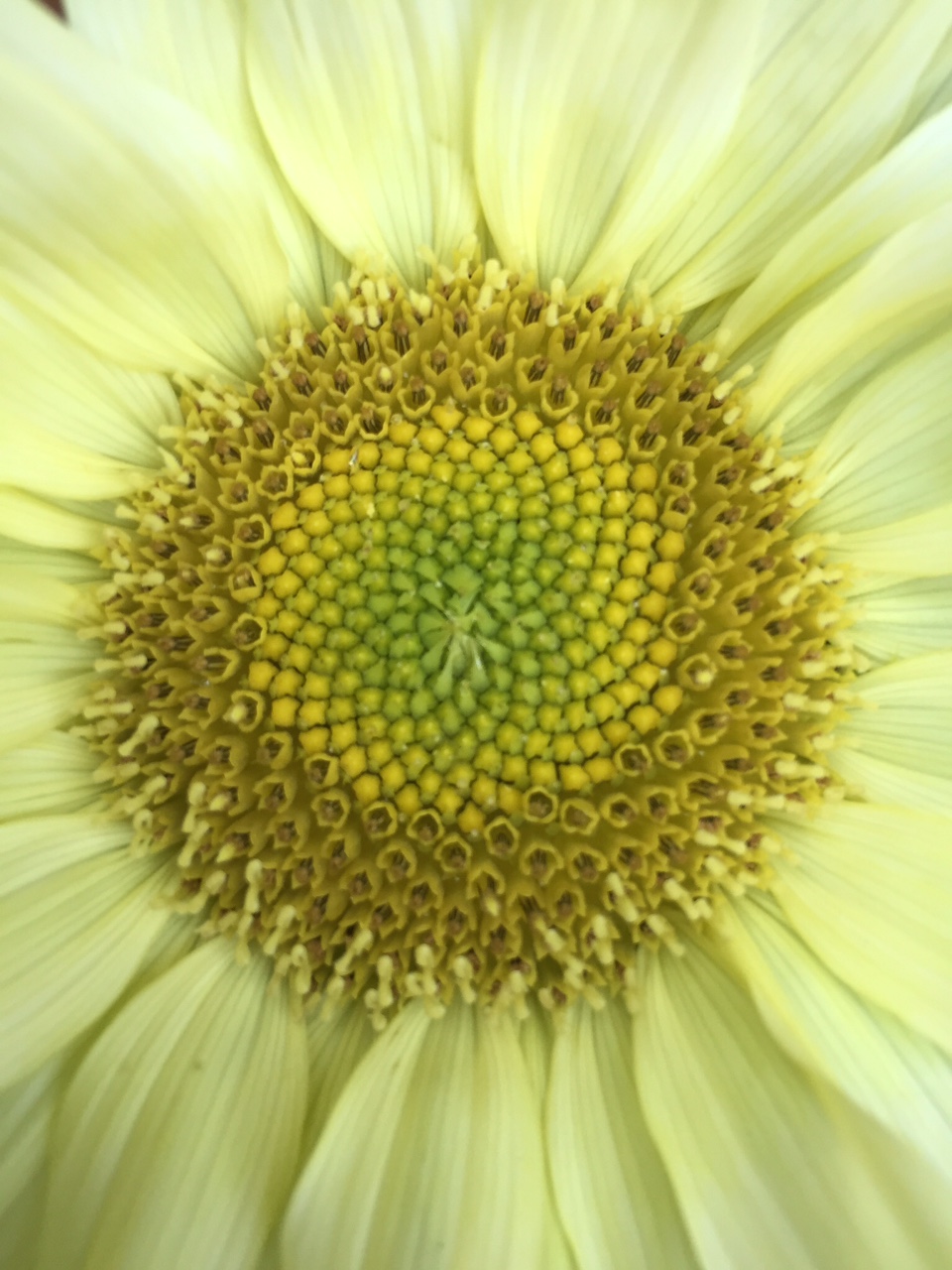

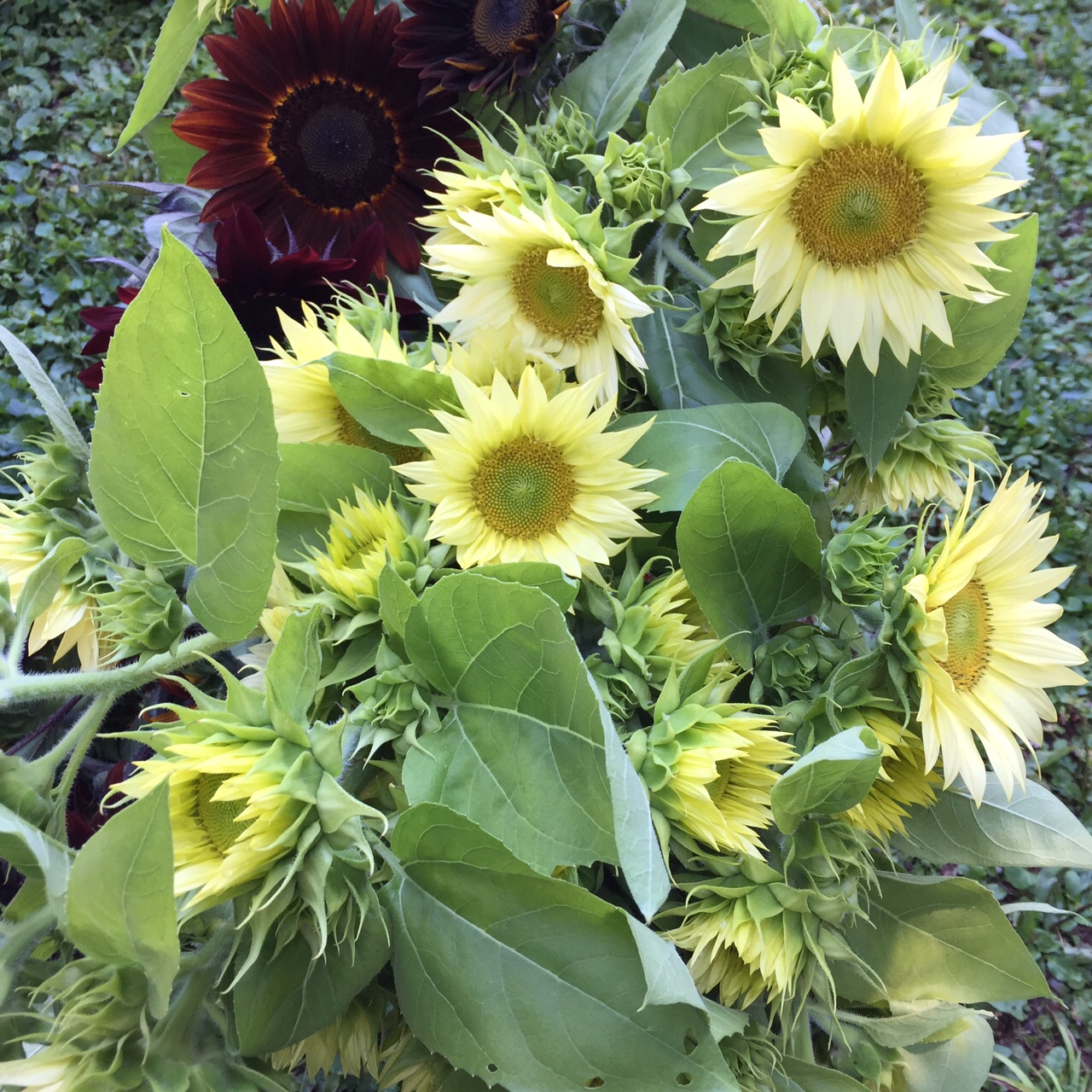
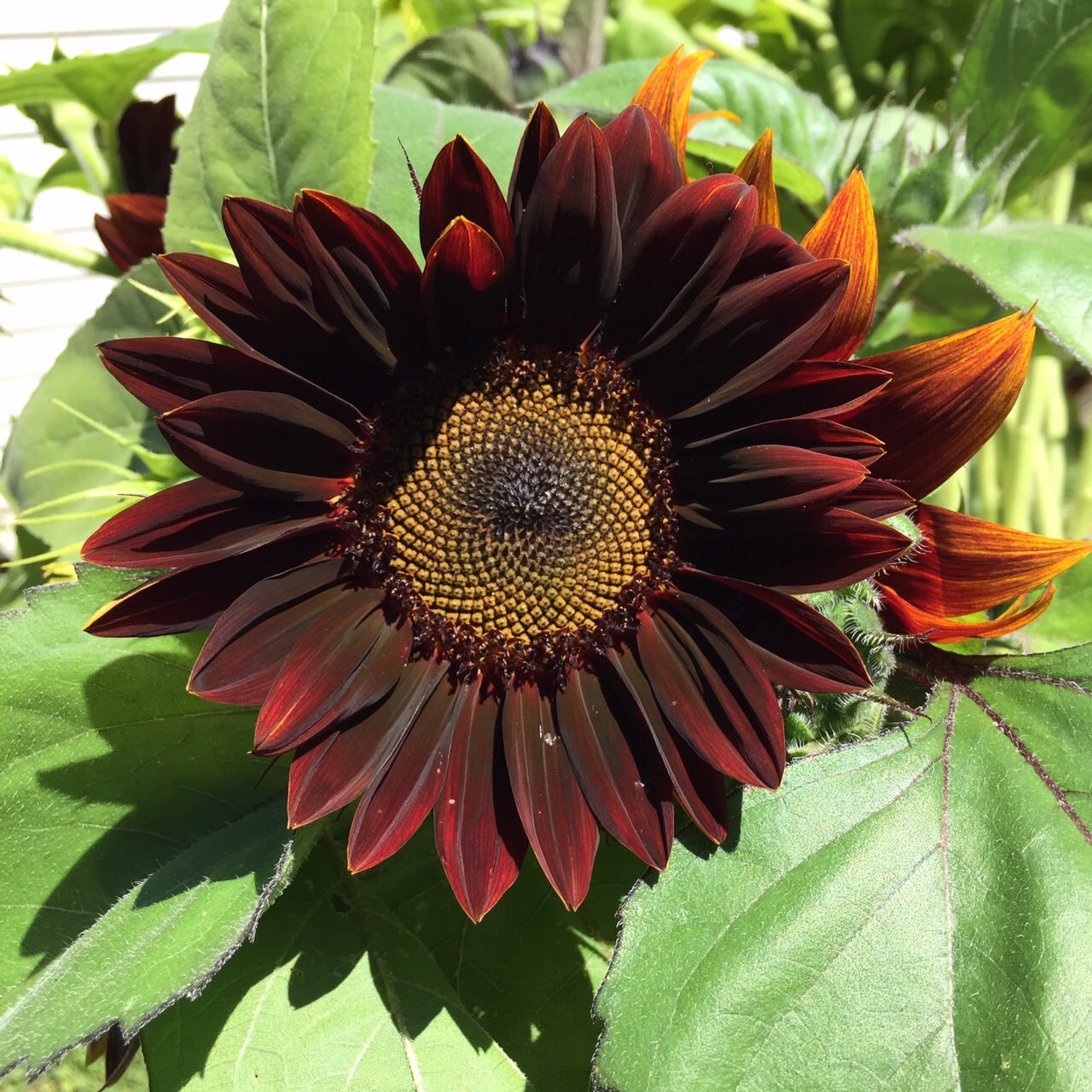

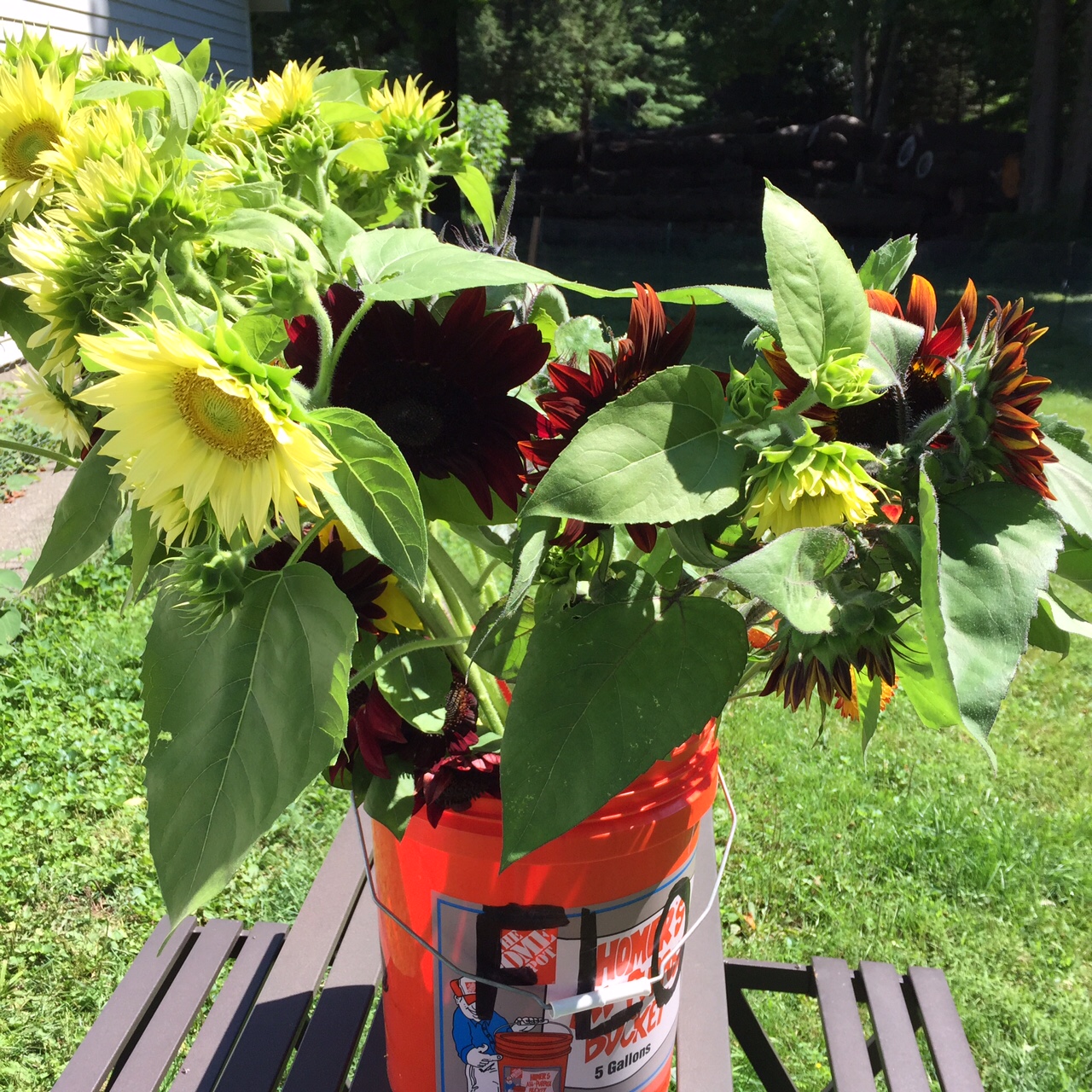
To grow sunflowers for cut flower production you MUST do succession plantings. There are some crops that you can plant once and harvest throughout the season, sunflowers are not one. You plant the seed, grow the plant and then harvest it. In order to have a continuous and steady supply the seeds need to be sown every two weeks. One of the nice things about the Jade is that once you cut the main stems they will throw some small stems up from what's left of the main stem. These little stems are like perfect miniatures of the full sized flowers and the stems can be up to 20" in length which is perfect for florist work.
Our sunflower season has come to an end here in upstate NY, fortunately Ermela's cousins were in town and willing to help cut the crop down and prepare the beds for fall.
